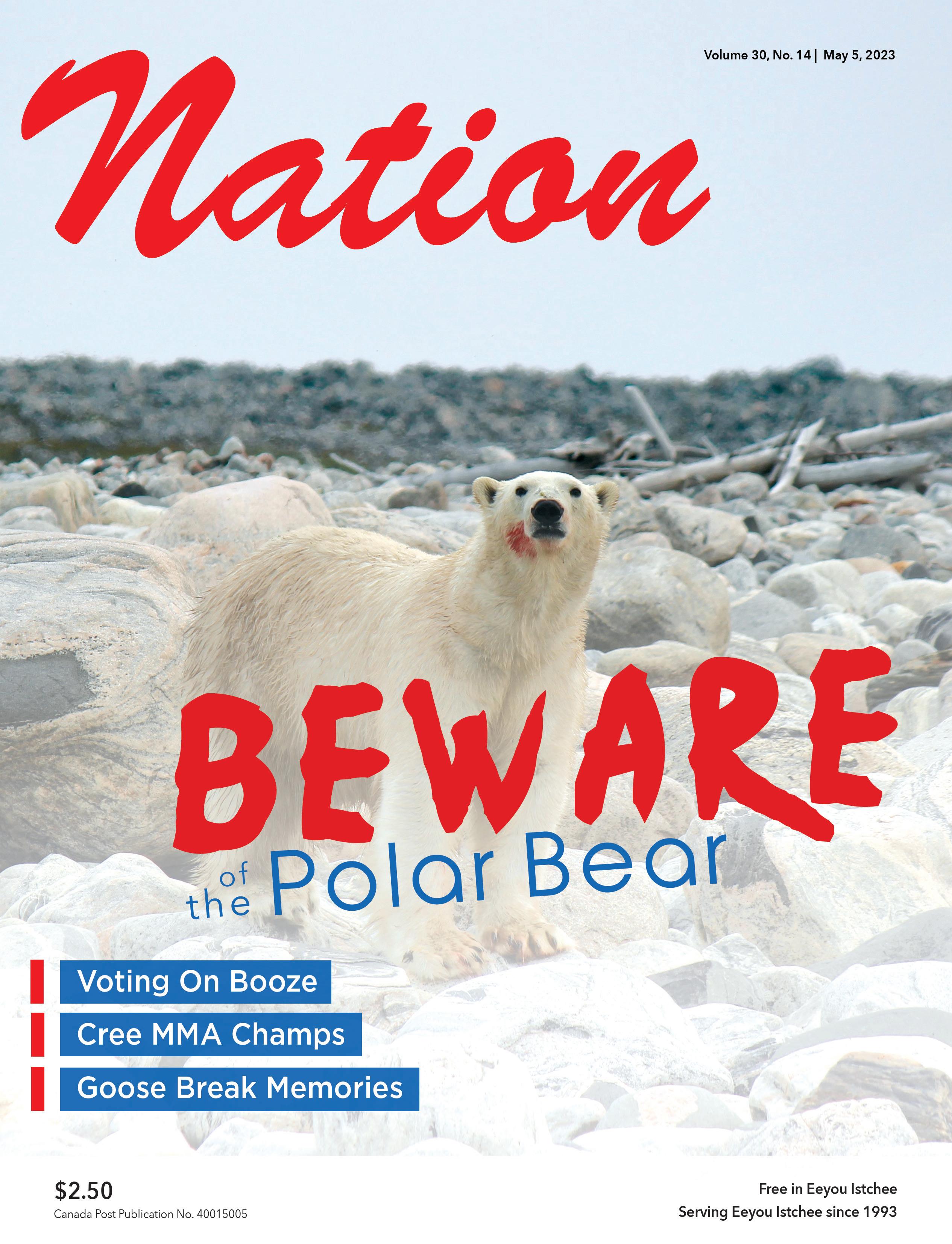

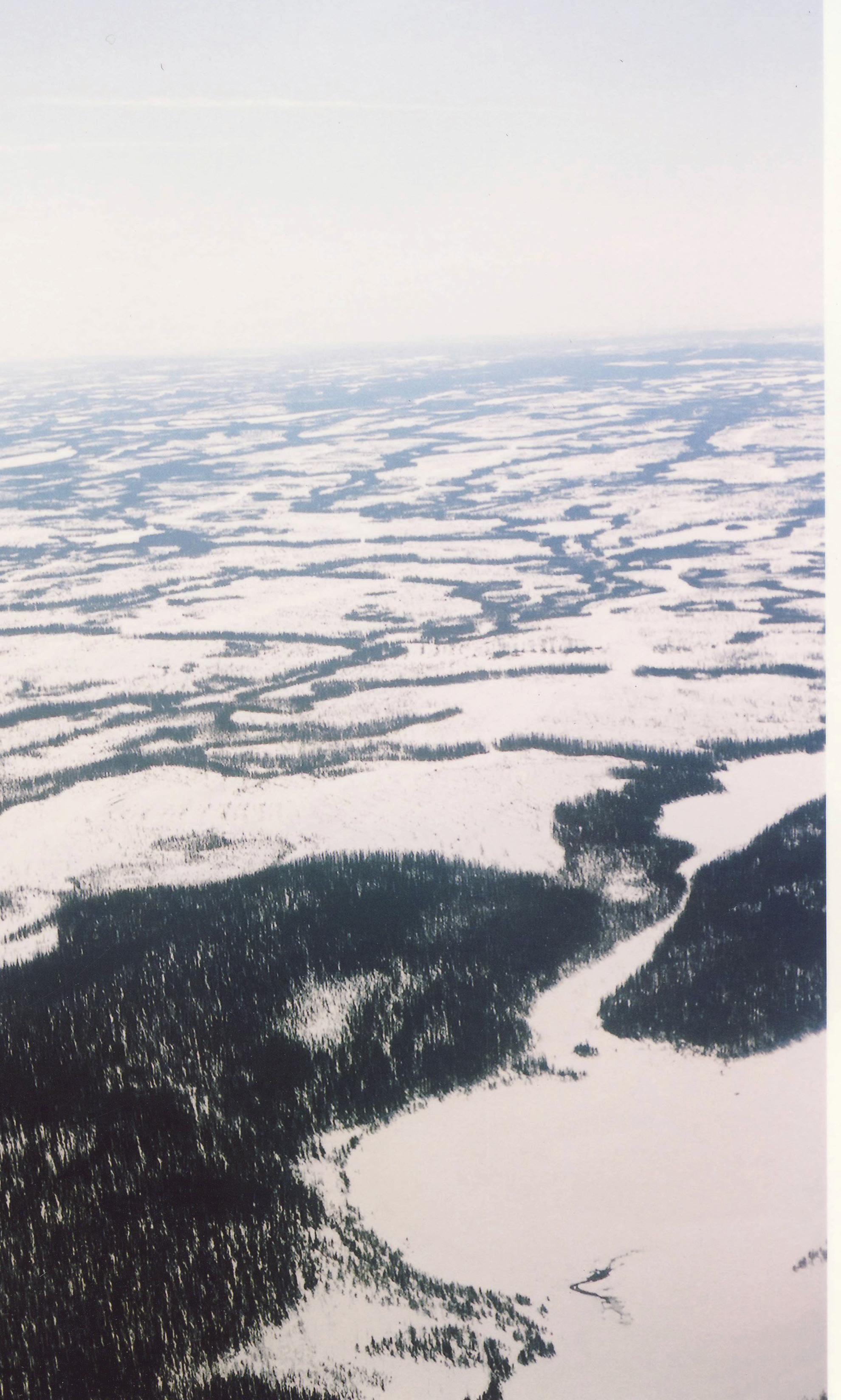
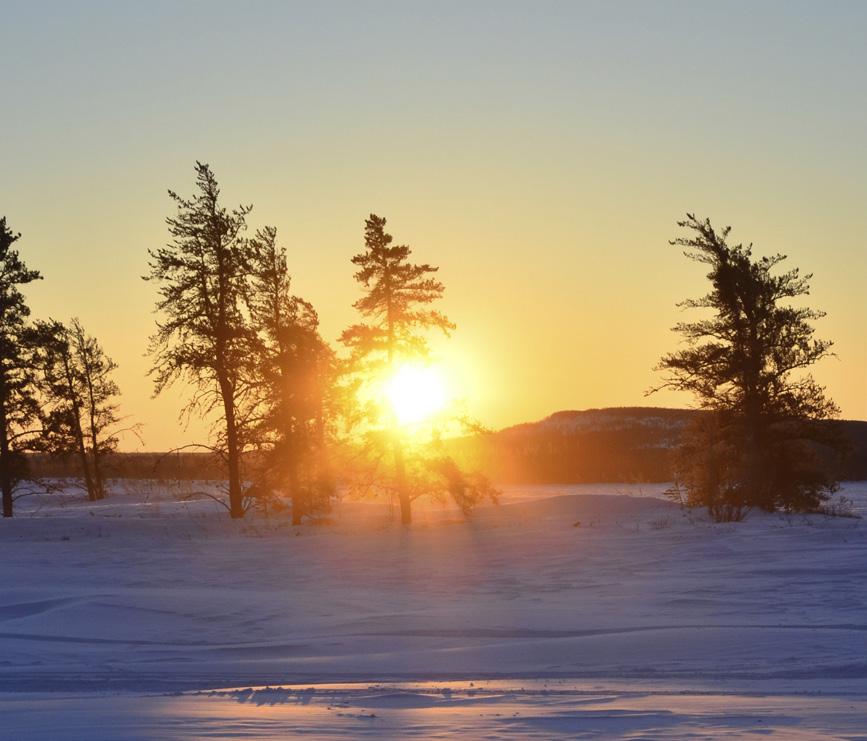
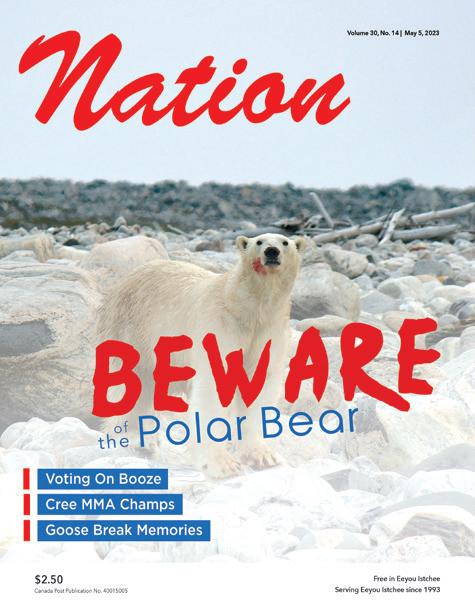
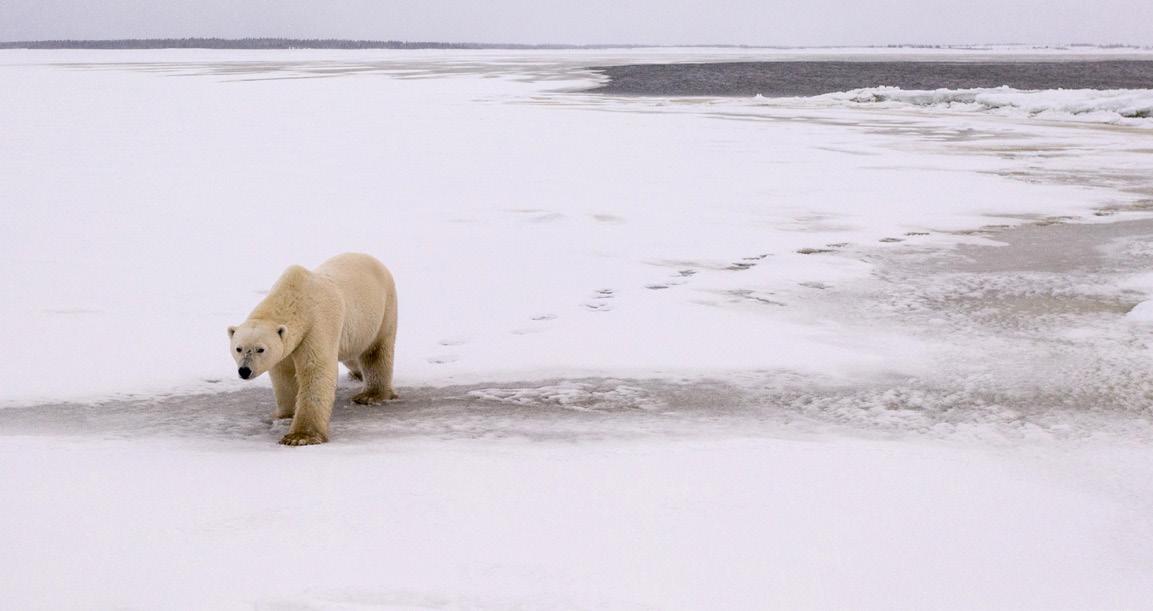




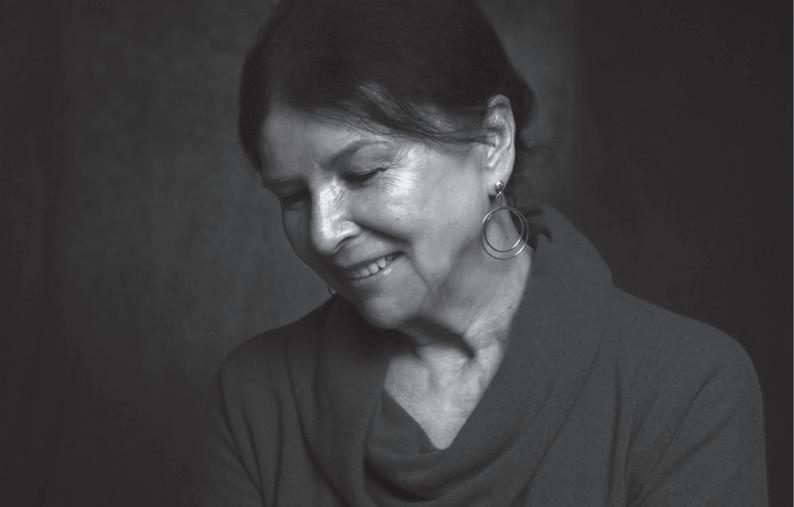
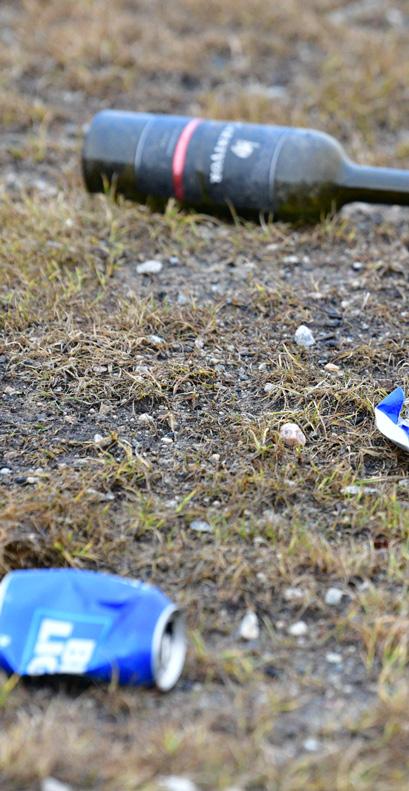


CONT ENTS 16 Polar bear safety 10 1 800 361-2965 1 800 661-5850 ᐅᕙᓂ ᐱᒋᐊᕐᐳᖅ ᓄᓇᕕᒃ Nunavik Starts Here RESERVATIONS 1 800 361-2965 ᖃᖓᑦᑕᔫᓂᒃ ᐊᑦᑕᑐᐊᖃᕐᓂᖅ CHARTERS 1 800 661-5850 ᐅᕙᓂ ᐱᒋᐊᕐᐳᖅ ᓄᓇᕕᒃ Nunavik Starts Here Abenaki filmmaker Alanis Obomsawin Living with the demon rum Goose Break traditions Chisasibi polar bear incident highlights the importance of safety training 18 20
EDITORIAL Booze battles NEWS A stronger vote Stepping into the octagon BRIEFS FEATURES Bear aware Breaking the zero La Grande Dame Fire water PUZZLES REZ NOTES Goose calls UTNS A good path forward 4 5 6 9 10 16 18 20 24 25 26 Arts Opinion
Photo provided by Patrick Quinn
Waskaganish held a referendum April 30 to decide whether to limit quantities of alcohol for personal use and perhaps allow the sale of alcohol at certain events. As we went to press before that date, I don’t have the results as I write.
However, it certainly is an interesting question and one that has plagued people for ages.
The Women’s Christian Temperance Union was created in 1873 to advocate for a ban on sales and use of alcohol. They were a driving force for Prohibition in the United States, which ran from 1920 to 1933.
Nonetheless, the roaring 20s showed that many people were willing to become criminals by illegally selling, transporting, making or drinking alcohol. Bootlegging was rampant and helped to create an organized crime establishment that was willing to meet the demand. Initially, Mexico and Canada were sources and smugglers had a field day, but Americans started to make their own rather than take a chance on the US Coast Guard stopping a shipment.
The rampant disregard for the law demonstrated that prohibition was impossible to enforce, and it was repealed in December 1933.
The Cree and other First Nations across Canada had their own experiences with prohibition. The Indian Act made it illegal for status Indians to buy or be served alcohol. In the 1950s, the RCMP would come into the Cree communities to count how many packages of yeast people possessed because it could be used to brew beer. If they discovered that you had more than an allowable amount you
Booze battles
by Will Nicholls
One way they tried to avoid arrest was to hide a bottle inside a hollowed-out loaf of bread
were shipped down south if you couldn’t pay the $10 fine.
The prohibition statutes in the Indian Act were still being enforced into the early 1980s. At that time Crees drank mostly beer. When the home-brewed hootch was more or less freely shared, it wasn’t leading to hard feelings and fights. But then we started to switch to the “hard stuff” as it was easier to smuggle, and serious social problems soon followed.
People were not used to distilled spirits with high alcohol content and would pass out as they were drinking it as if it was beer. Police would stop vehicles at random and search them for alcohol. One way they tried to avoid arrest was to hide a bottle inside a hollowed-out loaf of bread.
Personally, I was caught and charged for three bottles that the police found hidden under the spare tire in my trunk. I decided to fight the charge and went to court.
The prosecutor said there were cases going to the Supreme Court of Canada
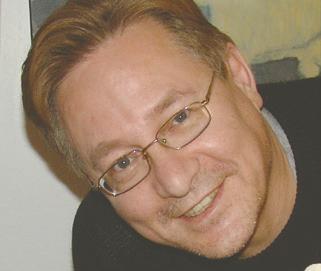
and we should wait for the ruling there. I argued that I wasn’t fighting the charges based on the Charter of Rights, but rather that under the James Bay and Northern Quebec Agreement Cree communities were not reserves under the Indian Act.
I ended up winning the court case. But when I arrived to pick up my alcohol, I discovered that someone had set the police station on fire the night before – my alcohol probably contributed to the damage. That’s life for you.
Waskaganish residents will have had a difficult decision to make April 30 to determine how they deal with alcohol on a community basis. As Prohibition in the US and our own history shows, people will continue to consume alcohol whatever the law says. So, it wasn’t an easy choice for Waskaganish members, and we hope the community will be wise in the way they approach the issue, whatever the decision they made.
news@nationnews.ca ADS: Danielle Valade: ads@nationnews.ca; Donna Malthouse: donna@beesum.com


SUBSCRIPTIONS: $60 plus taxes, US: $90, Abroad: $110, Payable to beesum communications, all rights reserved, publication mail #40015005, issn #1206-2642 The Nation is a member of: The James Bay Cree Communications Society, Circle Of Aboriginal Controlled Publishers, Magazines Canada Quebec Community Newspaper Assn. Canadian Newspapers Assn. Les Hebdos Sélect Du Québec. Funded [in part] by the Government of Canada. | www.nationnews.ca | facebook.com/NATIONnewsmagazine | Twitter: @creenation_news
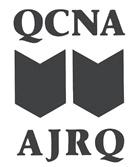
4 the Nation May 5, 2023 www.nationnews.ca
N. Diamond, J. Loon DESIGN Matthew Dessner SALES AND ADVERTISING Danielle Valade, Donna Malthouse THANKS TO: Air Creebec CONTACT US: The Nation News, 918-4200 St. Laurent, Montreal, QC., H2W 2R2 EDITORIAL & ADS: Tel.: 514-272-3077, Fax: 514-278-9914 HEAD OFFICE: P.O. Box 151, Chisasibi, QC. J0M 1E0 www.nationnews.ca EDITORIAL: will@nationnews.ca
The Nation is published every two weeks by Beesum Communications EDITORIAL BOARD L. Stewart, W. Nicholls, M. Siberok, Mr. N. Diamond, E. Webb EDITOR IN CHIEF Will Nicholls DIRECTOR OF FINANCES Linda Ludwick EDITORS Lyle Stewart, Martin Siberok PRODUCTION COORDINATOR AND MANAGING EDITOR Randy Mayer CONTRIBUTING WRITERS S. Orr, X. Kataquapit, P. Quinn, B. Powless,
CMC A AUDITED Editorial
A stronger voice
Cree Nation pushes for more representation at UN Permanent Forum on Indigenous Issues
by Patrick Quinn, Local Journalism Initiative Reporter
The Cree Nation played a prominent role at this year’s United Nations Permanent Forum on Indigenous Issues (UNPFII). The theme at the largest global gathering of Indigenous leaders, which began April 17, was a rights-based approach to human health, planetary and territorial health, and climate change.
Cree Nation Government Justice Director Donald Nicholls has observed the advisory body’s vast progress since it first held annual meetings in 2002.
“I’ve been going to the permanent forum since it first started and definitely you can notice the difference,” Nicholls told the Nation. “I was told there were about 8,000 people this time. We used to have the Indigenous caucus in these small rooms and now it’s much more elaborate with translation and you get much deeper into issues.”
A major focus is advocating for implementation of the United Nations Declaration on the Rights of Indigenous Peoples (UNDRIP). Nicholls delivered a joint statement addressing national action plans for UNDRIP on behalf of a coalition of Indigenous and human rights organizations.
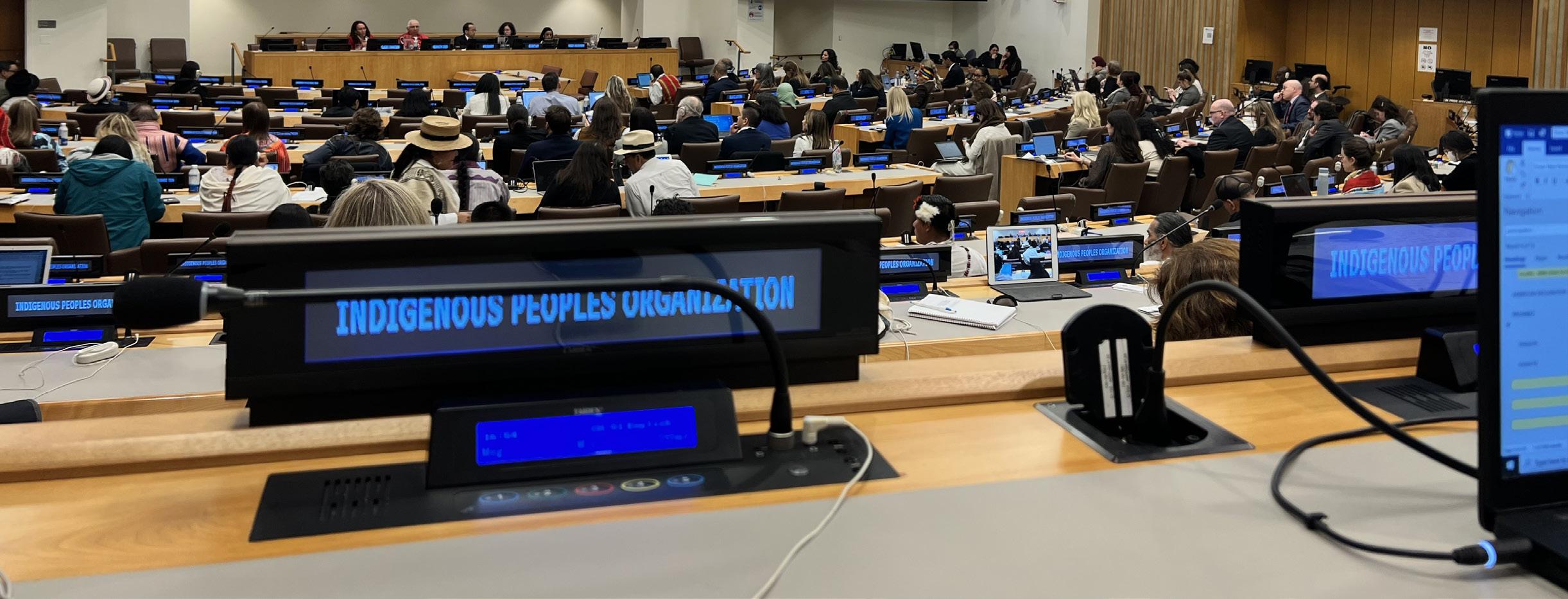
It emphasized adopting both UNDRIP and the American Declaration on the Rights of Indigenous Peoples, which establishes standards for ensuring the participation of Indigenous peoples in decision-making that impacts them. Nicholls highlighted the progress of Canada and British Columbia, the first province to implement UNDRIP, while expressing concerns that many First Nations haven’t been adequately involved
in the consultation process as Canada’s two-year deadline rapidly approaches.
“Sometimes Indigenous peoples can’t afford to come to the United Nations or their capital to meet with government officials,” explained Nicholls. “There has to be some funding to put them on a more equal footing to engage in meaningful collaboration.”
The CNG has proposed establishing a permanent body led by Indigenous peoples to support this process. Nicholls noted that the CNG’s ideas are being well received in discussions with the federal government to address this action plan.
Cree Grand Chief Mandy GullMasty and Deputy Executive Director Melissa Saganash discussed Indigenous approaches to conservation and climate change during one UN meeting, focusing on traditional activities related to caribou and reindeer.
With climate change causing some reindeer herders to lose 70% of their herd last year, the Sami discussed “green colonization” in a case successfully brought to the Norwegian Supreme Court against companies building wind farms on important traditional territories. The Innu discussed caribou habitat loss from deforestation.
“It is essential that Indigenous voices are not only heard bringing solutions to the table for climate but are given a rightful place to teach them,” said Gull-Masty. “Sharing our experience of offering an Indigenous-led conservation approach is so important, and I believe that we have so much more to learn from one another.”
In his opening speech, UN SecretaryGeneral António Guterres noted that the
world is ready to listen Indigenous solutions addressing climate change. Recently elected Colombian President Gustavo Petro, the country’s first leftist leader, stressed reducing fossil-fuel dependency. Petro also announced an ambitious gathering in Brazil this August that will attempt reversing climate impacts and replenishing the rainforest.
In violence against Indigenous land defenders in South America, these issues are often interconnected with displacement related to environmental destruction.
“We are going to the UN because in our countries they are not hearing us,” said Majo Andrade Cerda, a Kichwa member of the Global Indigenous Youth Caucus from Ecuador. “It’s a way for us to say we are still alive, because we don’t know when the states and the extractive industries are going to kill us. We are threatened every day.”
Nicholls noted that presentations delivered by Indigenous youth received an outpouring of support with meaningful exchanges of ideas. With the 50th anniversary of the JBNQA approaching in 2025, he would like to bring a delegation of Cree youth to develop connections with other nations.
“Governments understand Indigenous groups have solutions for the environment, but they’re not invited to sit at the table when it’s discussed,” asserted Nicholls. “We’ve requested the UN in New York and Geneva that we want to be treated as nations. There’s still a level of disconnect – we’re not invited when decisions are made.”
www.nationnews.ca May 5, 2023 the Nation 5 Editorial News
Stepping into the octagon
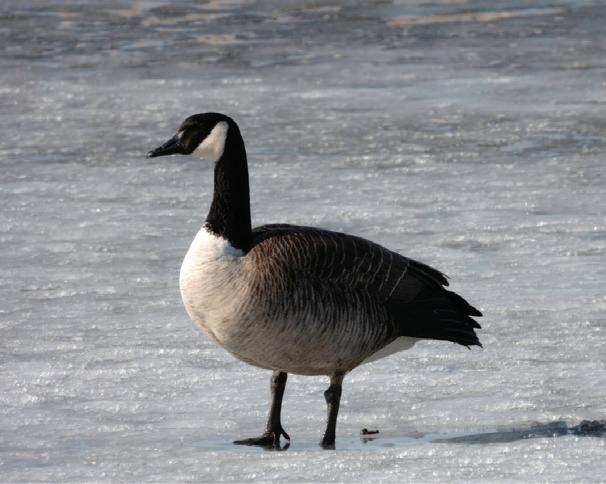
Ouje-Bougoumou was in high spirits April 15 when hometown fighters competed for titles at a Montreal Fight League (MFL) event. The mood escalated into euphoria as Quinn Blacksmith and Albert St-Pierre emerged with championship belts.

“People in the building were ecstatic,” said Blacksmith. “The kids were screaming so hard that all I heard was them telling me to slam him, punch him. I almost couldn’t hear my own coach in the corner.”
At 20, Blacksmith became the youngest two-time MFL champion and is now Canada’s top-ranked amateur heavyweight. Stepping into the octagon as the main event, he felt pumped with the Youth Centre’s energy and got in some good punches before using his opponent’s weight against him for the takedown.
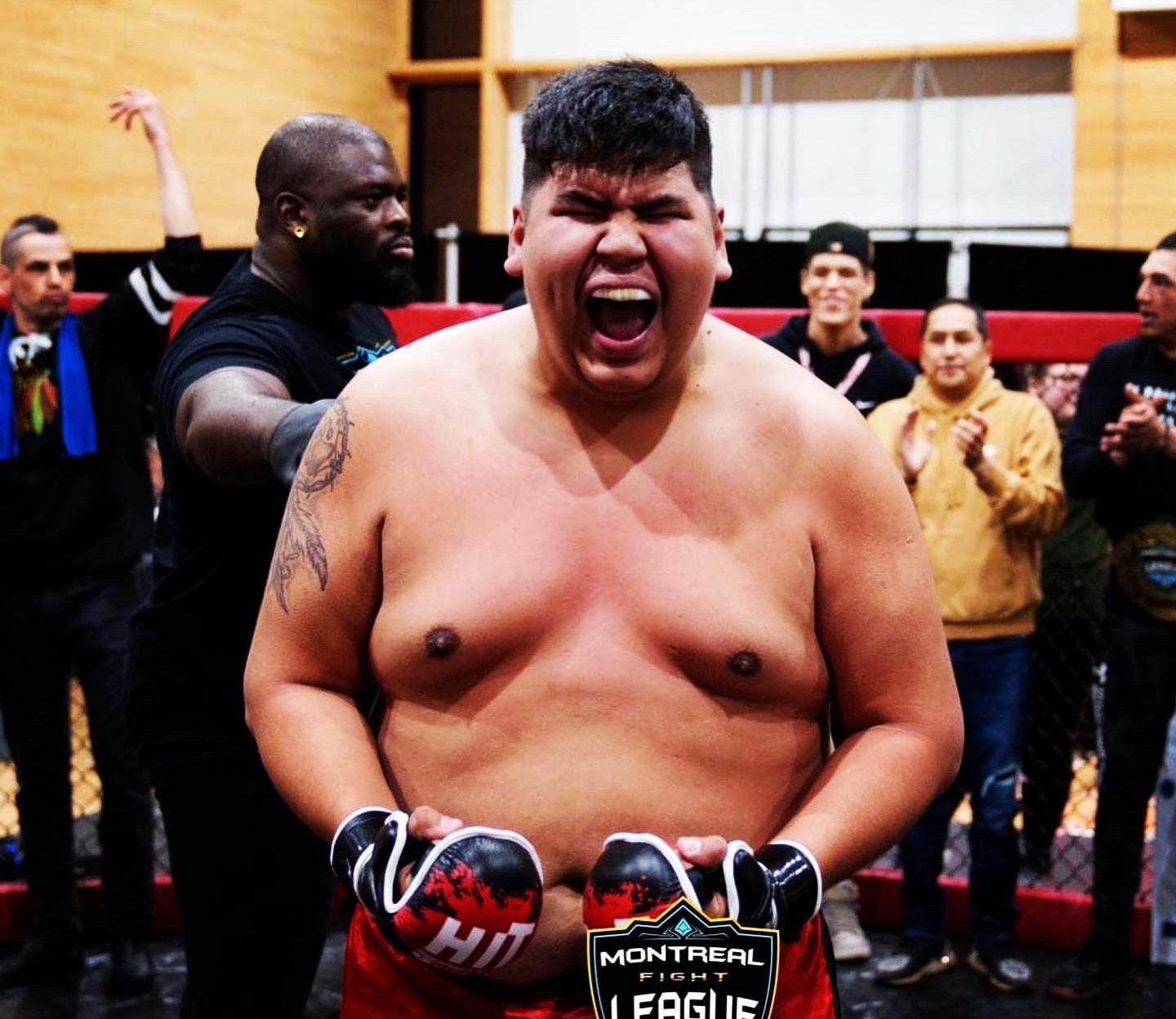
“Once you get in there, everything becomes surreal,” Blacksmith told the Nation. “It was so exciting, almost like tingles in my body. I get to represent the Cree Nation – we get to show people what we’re made of.”

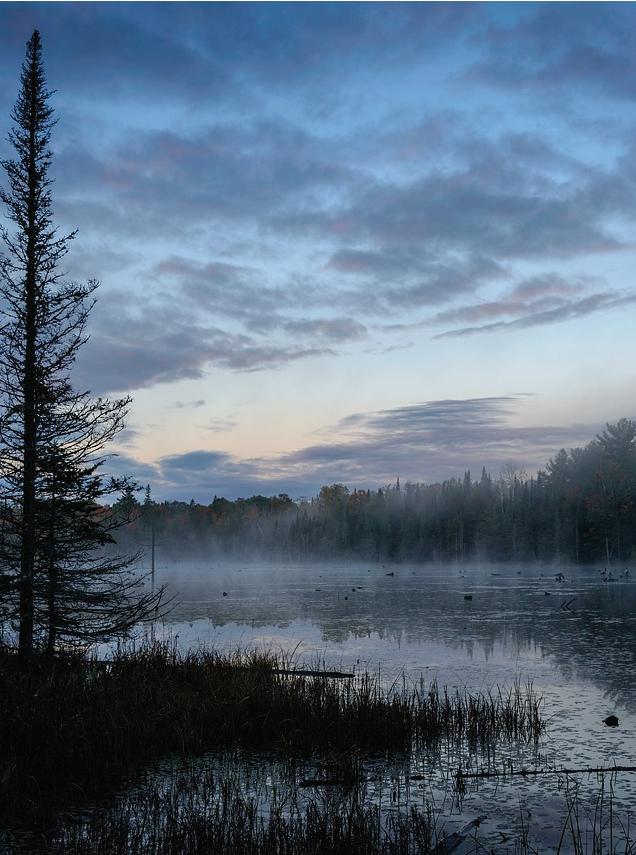
Spectators poured in from other communities with more tuning in on pay-per-view to witness all Cree fighters win their matches, including Eadan Shecapio-Blacksmith and Kurt Shecapio-Blacksmith. Mixed martial arts have galvanized Ouje-Bougoumou since MFL founder Maz Mas established a local training program in 2020.
“When Maz showed up in 2020, that’s when I really took it seriously,” said Blacksmith. “Maz changed everything for us, introducing us to different styles and techniques we’d never seen before. Once he saw my first fight was a TKO in the first round, he was pretty impressed.”
Quinn’s father Benny Blacksmith had reached out to Mas to develop a fitness program in the community. With the pandemic making MFL events impossible, Mas relocated from Montreal for six months and quickly realized the first group of fighters had impressive natural strength and talent.
“From the first class, you realize this is not your average 15-year-old you’re dealing with,” Mas recalled. “I didn’t have the heart to leave them after one season. I was in too deep

6 the Nation May 5, 2023 www.nationnews.ca
ouwahstore@gmail.com www.ouwahstore.com (514) 588-3162 18 Fort-George Road Your place to get great gift ideas for your family or business. Come and browse our shop. There’s a lot to see. We can also serve you through Facebook chat. For online orders, we accept EMT for payment or we can process credit card or visa debit over the phone. We also accept PO’s from entities and companies. If you need a quote, please send us a message at ouwahstore@gmail.com
with the boys to just leave them hanging – I come to do events whenever I can.”
Mas established the MFL in 2015. He says the success of Quebec’s George St-Pierre in the Ultimate Fighting Championship (UFC) has made the sport easy to promote in Montreal and Canada. Organizing events in other communities, including several successful stops in Kanesatake, has been instrumental in recruiting new fighters and fans.
“Our mission as MFL is to give enough experience to amateur fighters to turn pro,” explained Mas. “To date, we have up to 43 fighters we’ve turned pro in eight years. A goal that’s very reachable is to turn Cree fighters into unstoppable machines and send them to the States to fight pro and eventually reach the UFC.”
Mas selects appropriate matchups for each Cree fighter, who go through intensive training preparing for a fight. Blacksmith said this includes a range of shadowboxing, sparring and cardio workouts, working on weaknesses and studying upcoming opponents to improve with every opportunity.
“The training gives us advantage because we train so hard for two months straight,” said Blacksmith. “After my second fight, my punches were more accurate with more power. My ground game improved a lot since I started. I’m able to outmanoeuvre some of the lightweights sometimes because of my speed steps.”
Blacksmith believes much of his strength comes from Cree cultural activities, such as carrying 8-foot logs while working in the bush. Hunting harvests
Two Crees become Montreal Fight League champions
by Patrick Quinn Local Journalism Initiative Reporter
Photos provided by Quinn Blacksmith
in the Cree diet also provide a valuable source of body-building protein. Motivated to practice MMA for self-defence, the sport has proven an important therapeutic tool and boosted his self-confidence.
“It helped me mentally a lot with anger that most kids have at a young age,” Blacksmith suggested. “All those hormones and emotions you have just burst out. MMA taught me how to control and harness it into a fight. It taught me how to defend myself and my loved ones.”
Light heavyweight champion Albert St-Pierre got into fighting to escape the negative influences of gangs, drugs and alcohol in the community. A heavy drinker when he started competitive fighting eight years ago, St-Pierre has now been sober two years and was honoured as a role model at Ouje-Bougomou’s youth recognition awards last November.
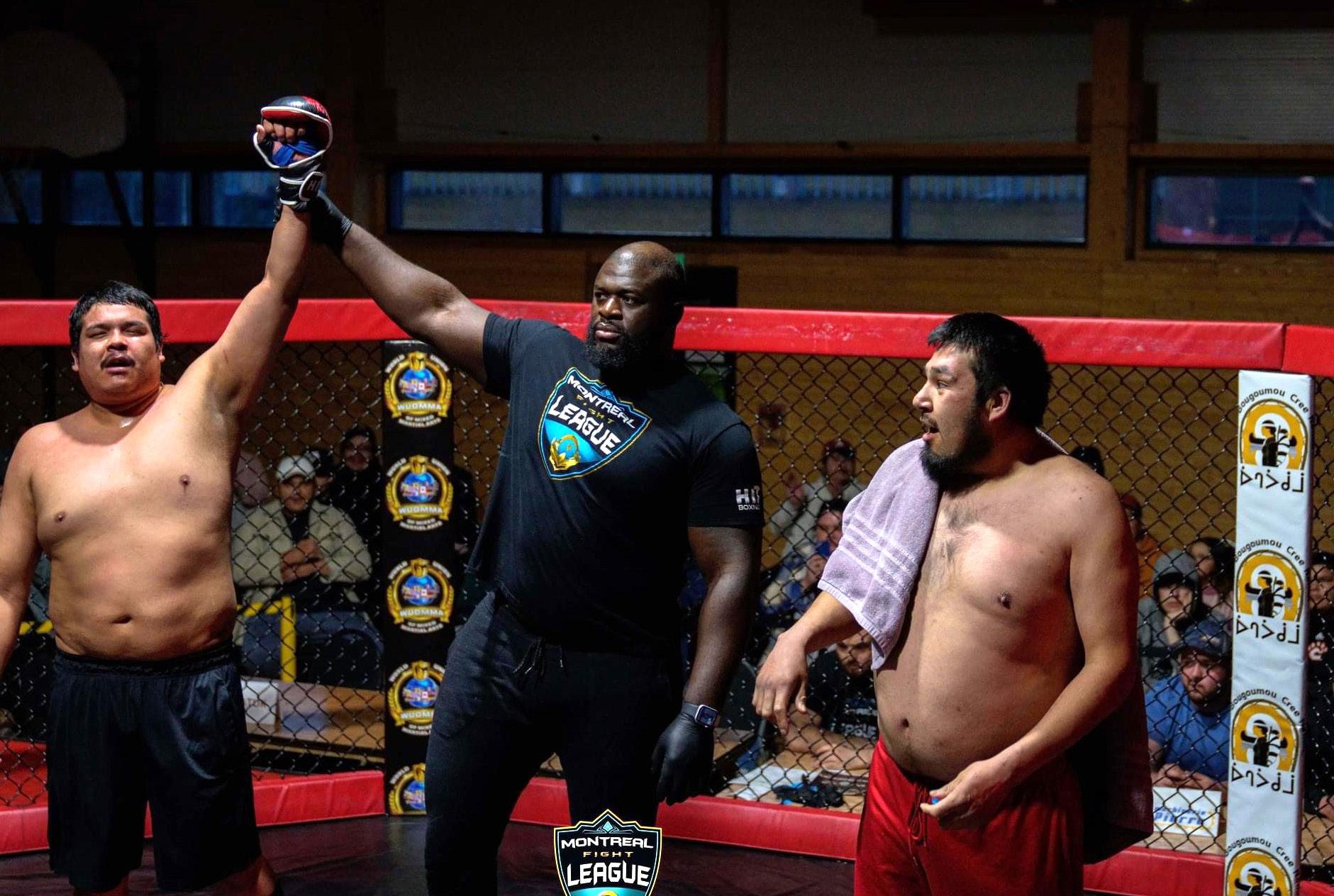
“The gym kept me busy and helped me a lot with my sobriety,” St-Pierre told the Nation. “We grew up kind of harsh living in the rez – I got bullied a lot growing up. Now I’m beginning to be well known as a positive role model – kids scream ‘champion’ when I drive by.”
Several fights excited the crowd before the main attractions, including two “knight fights” with warriors wearing shining armour and attacking with swords. Usually a stand-up fighter, St-Pierre studied his opponent’s jiu-jitsu style leading up to the match, tightening up his “ground fight” and preparing for reverse submissions.
While St-Pierre may defend his belt in Montreal in the coming months, Blacksmith aims to take the summer off to play baseball before returning to the octagon towards year-end. Later this summer, Mas is hoping to introduce the Crees to UFC fighters at the Tristar Gym in Montreal, renowned as the country’s top MMA training facility.
Recognizing the sport’s positive impact on community youth, Mas and the Cree fighters are working to establish a permanent training facility in OujeBougoumou that could serve as a regional hub for neighbouring Cree and Algonquin communities while also providing physiotherapy and other athletic therapeutic services.
“The events could be bigger and regional, not just local,” St-Pierre explained. “People can train with a chiropractor, jacuzzi and ice tub after they come back from skidoo racing. We’ll be getting certificates to start training our own youth.”
Blacksmith and St-Pierre want to grow the sport’s popularity in the northern communities while taking their MMA talents as far as they can. As one of the older fighters at age 36, St-Pierre hopes to show youth that they can accomplish whatever they set their minds to.
“Whoever is fighting a battle – whether it’s mentally, physically, drugs or alcohol, fighting for their relationship or even cancer and other diseases – keep fighting and giving your best,” St-Pierre concluded. “The outcome could be a lot greater than you think.”
www.nationnews.ca May 5, 2023 the Nation 7



8 the Nation May 5, 2023 www.nationnews.ca LeArN FrOm ThE LaNd!
Learning to hunt caribou
Roy Mamianskum has worked with the Whapmagoostui First Nation (WFN) and the local men’s group for two years. He specializes in planning community programs for men and initiatives with young people in mind.
To support healthy families with a strong culture, the Whapmagoostui men’s group provides various Cree-based programs and services for men in the community and in Eeyou Istchee.
Last March, they organized a successful caribou hunt. The group took half a dozen youth out on the land to learn Cree hunting traditions – how to harvest caribou while using Cree terminology for each aspect of the hunt, and to learn the proper way to carve up the meat after a kill.
When Elders harvested caribou, they did not leave anything behind. They used everything and cleaned up their mess. The lesson is that Cree hunters respect the land and the animals.
“Nowadays, some hunters simply take the meat and leave the rest, which is a significant change from 20 years ago,” said Mamianskum.
“We decided to invite our Elders to demonstrate to our children and young adults how to clean the caribou harvest properly,” he explained.
Mamianskum was grateful to see young participants learning more about Cree culture. He believes that Cree learning projects allow youth to find out more about themselves and their identity as Eeyouch. Developing these life skills engenders empowerment and self-esteem.
Elijah George, a member of the Whapmagoostui men’s group, was asked to teach essential trapping skills, such as setting up beaver traps. George understands that as Elders pass away, Cree traditional teachers are urgently needed because if these aspects of Cree culture are lost, they will be difficult to bring it back.
“When you are out on the land, hunting, carefully butchering your meat, and worrying about safety, there are many things to be aware of,” said George.
Elder and youth learn from one another. It reminded George of how his father used to educate him when he was young. He understood that Cree culture is essential because it makes it possible to live on the land. When Cree people spend most of their year in the community, how will they use Eeyou Istchee?
Finding participants for the caribou hunting project was easy, but the challenging part was getting to their destination – travelling eight hours by snowmobile or one hour by bush plane is expensive. The high cost of transporta-
tion makes these projects difficult. Luckily, the mental health department at the Cree Health Board help make this initiative possible.
Mamianskum is hoping to partner with other entities or departments in the future, in order to split the cost. If anyone is willing to support the next project, you can reach him at the Whapmagoostui First Nation office.
Suing Bashaw
Bashaw, a small town in central Alberta, is being sued for $4 million by the Bashaw Retreat Centre. Named in the lawsuit is the mayor along with current and past councillors alleging they blocked efforts to turn the facility into a wellness centre for Indigenous families.
The Bashaw Retreat Centre plaintiffs James Carpenter and Dr. Tony Mucciarone claim that a “misuse of power root-
ed in prejudice” made their project impossible.
The centre had planned to rent the facility to four nearby First Nations communities – Ermineskin Cree Nation, Samson Cree Nation, Louis Bull Tribe and Montana First Nation – for use as a wellness centre.
The first application for a wellness centre was submitted in May 2021, but deemed incomplete. A second application, submitted in January 2022, was also deemed incomplete, with the town asking for more information eight times.
That application was finally deemed complete in May 2022, but another request for more information was issued 17 days later. Carpenter said their final document was more than 900 pages long.
In August 2022, the town council unanimously voted to deny the application.
The statement of claim against the town alleges that “when the Bashaw town council learned of the plaintiff’s intent to involve First Nations clientele, the defendants actively sought to obstruct the business venture and engaged in a pattern of dealing, based on prejudice and discrimination to prevent the use of the facility by Indigenous clientele.”
www.nationnews.ca May 5, 2023 the Nation 9
In Brief
“We decided to invite our Elders to demonstrate to our children and young adults how to clean the caribou harvest properly”
- Roy Mamianskum, Whapmagoostui First Nation
Bear Aware
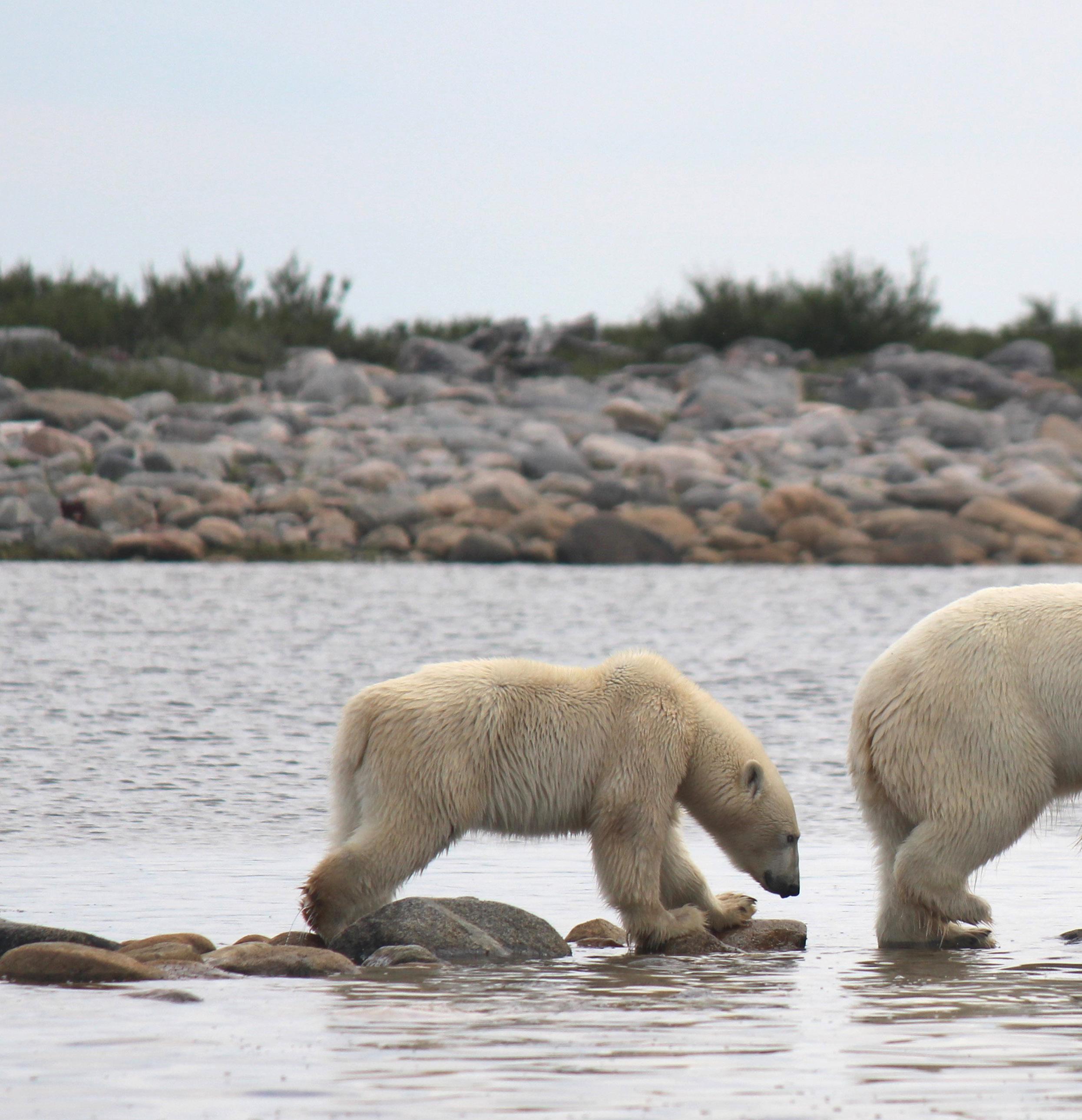
Features
10 the Nation May 5, 2023 www.nationnews.ca
by Patrick Quinn Local Journalism Initiative Reporter
Aware
Chisasibi polar bear incident highlights importance of safety training
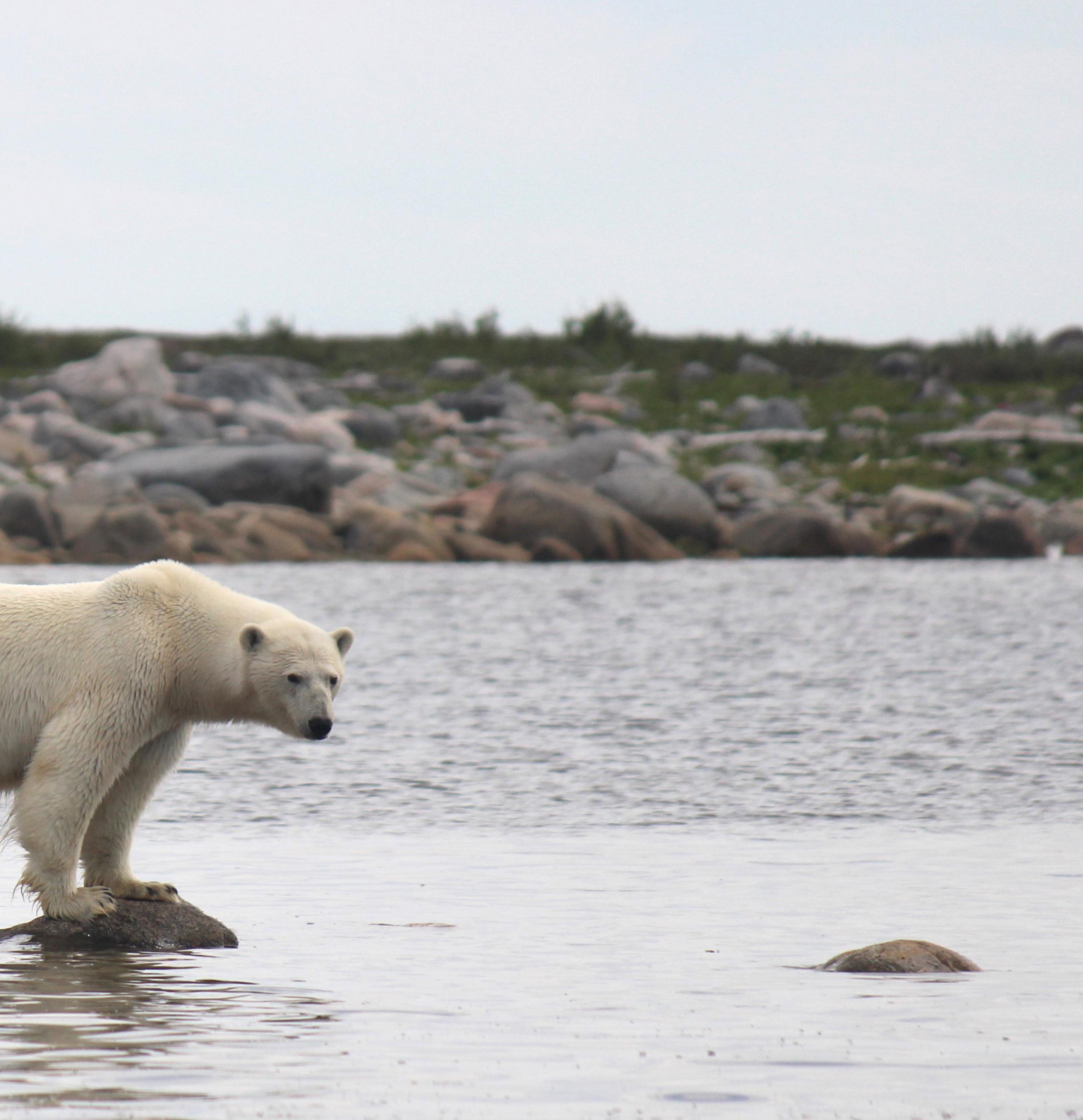
Ahigh school group in Chisasibi was surprised by two polar bears on a recent ice fishing trip. Despite guide Rusty House’s deterrence efforts, the bears refused to move away. It was judged necessary to shoot them for safety reasons.
“We had no choice but to protect the students,” said John Lameboy, Chisasibi’s Eeyou Marine Region officer. “Rusty drove around those bears with the skidoo but still they didn’t want to go away – they were very near, about 20 feet. I heard it was authorized by the Elders to shoot the bears.”
Lameboy said that another polar bear was killed at this trapline last year, a few kilometres from James Bay. As polar bears are a protected species, it’s necessary to collect certain samples for the province to analyze and to affix identification tags for legal possession of the hides.
“I just received the two tags that come with the form we’ll fill out with Rusty, then they can take those bears anywhere,” Lameboy explained. “They cleaned them at the warehouse of the Cree Trappers’ Association then they took them back to their camp to dry the fur. Now we encounter them near the towns more than in the past.”
As much meat as possible was saved, primarily for the community’s Inuit population. Elders said that polar bears were an important food source for the Crees in the past. Lameboy recalled his father shooting one in the mid-1970s during a regular seal hunt on the open water.
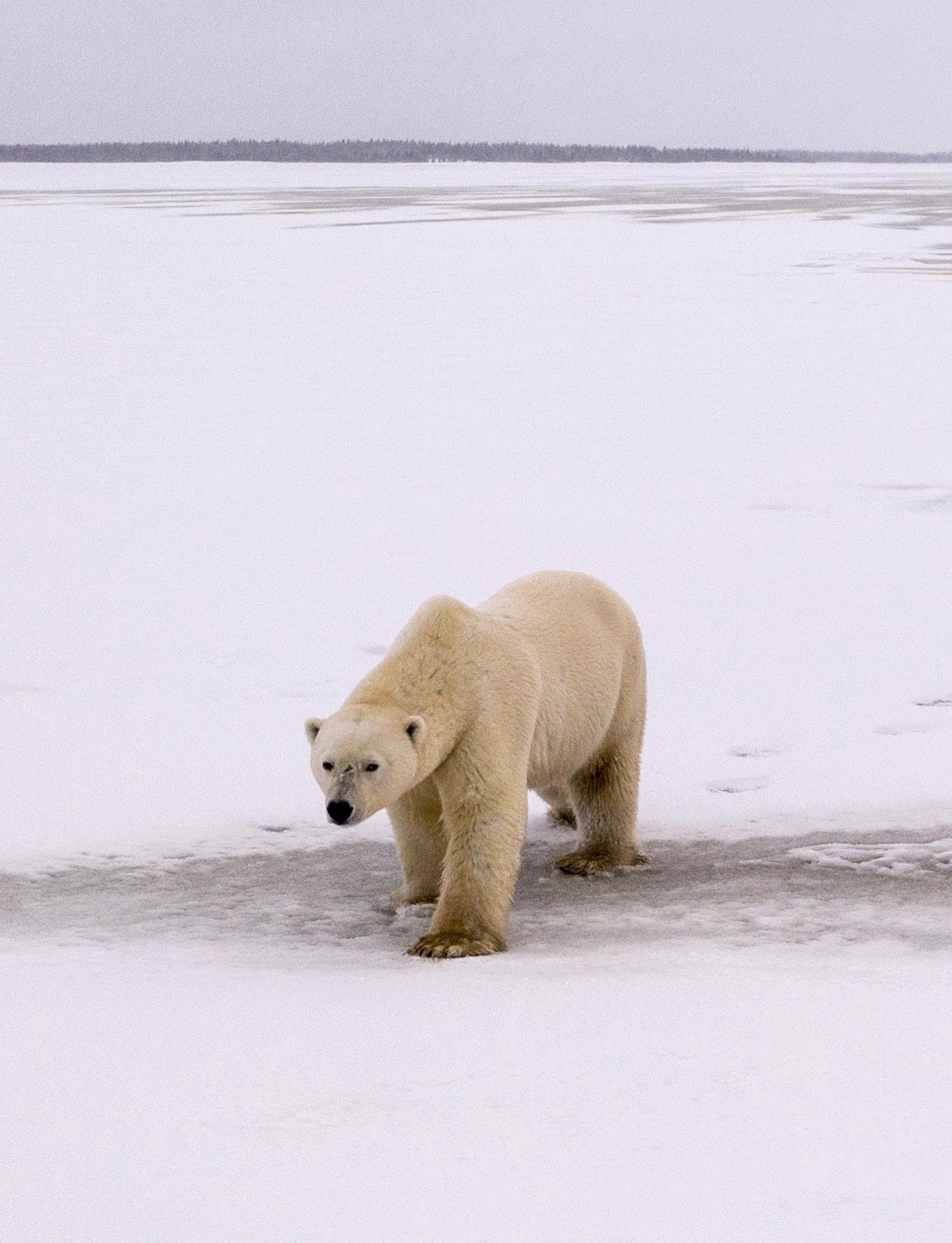
“We know it’s disconcerting trying to share your island knowing there’s a polar bear on it... It’s about living in harmony”
12
- Angela Coxon, Eeyou Marine Region Wildlife Board
“When they reached it, there were two cubs with their mother,” Lameboy told the Nation. “The cubs were bought by a teacher who paid $150 each and I think sold them to a zoo down south. That was before the laws we have today. My dad distributed the meat around town.”
Longer ice-free periods limit the bears’ access to seals, their primary food source.
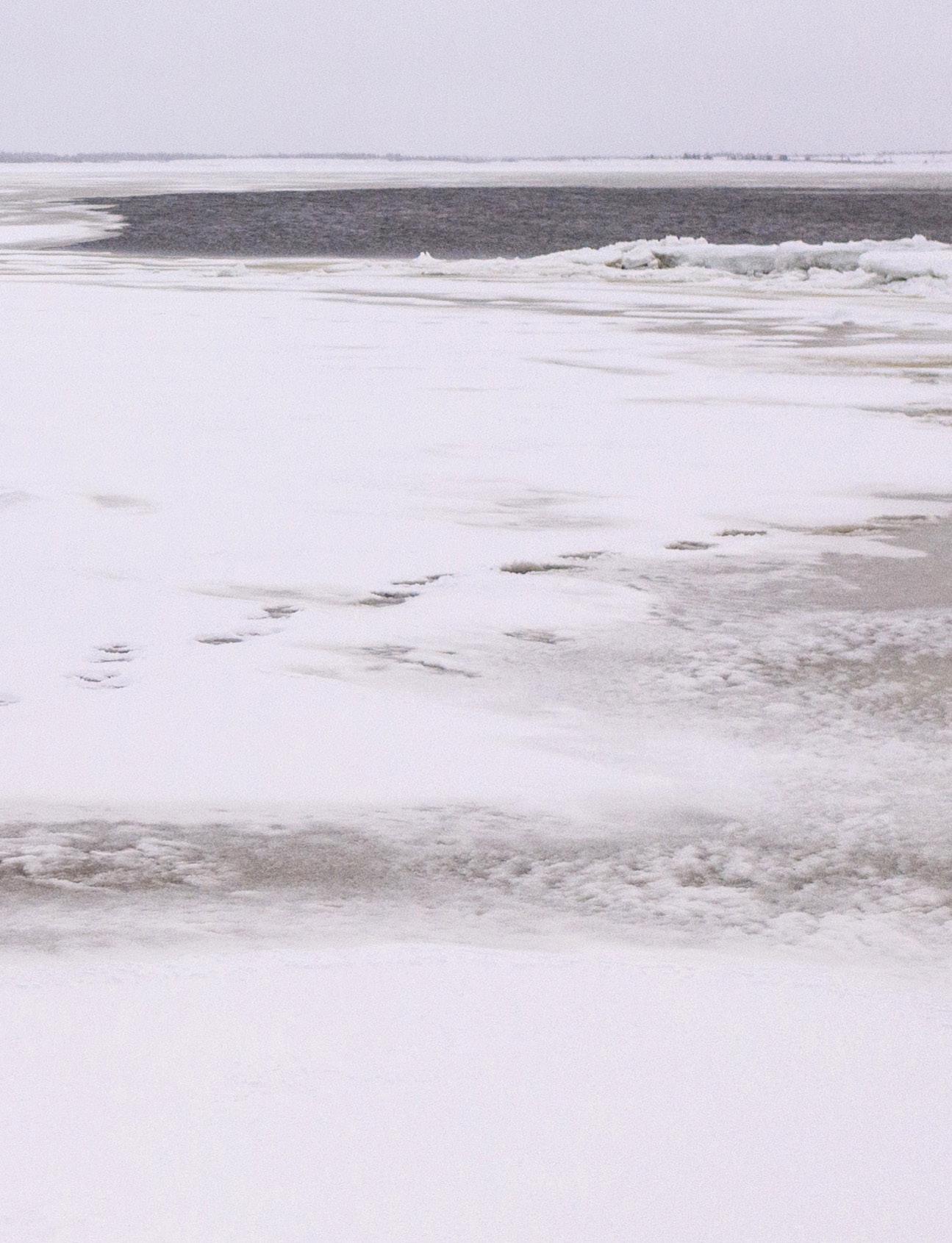
“After the ice has broken up, the polar bear doesn’t have a lot of options where to go,” said Angela Coxon, director of the Eeyou Marine Region Wildlife Board (EMRWB). “They’re reluctant to be scared off into the water when they have a 20-km swim to the next island. A mother who has just emerged from the den doesn’t want to lead her cubs into water because they’re not strong swimmers yet and their small bodies don’t provide insulation.”
Most difficult to deter are hungry bears and newly independent threeyear-old males that are bold and inexperienced. Dangerous encounters are exacerbated by quick ice breakups, such as during Goose Break two years ago when bears didn’t have time to leave their den sites.
With more polar bears being reported on offshore islands around Waskaganish and Eastmain, land users should be vigilant and report bear sightings to their local Cree Trappers’ Association.
“We recommend not keeping food, fuel and foam in the cabin when you’re not there,” said EMRWB wildlife biologist Stephanie Varty. “There
are non-lethal deterrents like bangers or screamers available from the CTA which are used with a firearm that can scare the bears. There are also rubber bullets available to shoot the bear in the butt.”
Discarded guts or rotten fish should be burned or put in a bear-proof bin away from the cabin. Besides loving sweet and fatty human food, polar bears are notorious destroyers of snowmobile seats and other foamy materials – one broke into a Charlton Island cabin this winter and destroyed all the sleeping mattresses.
With climate change impacting polar bear populations in Hudson Bay, early research points toward increasing migration to the eastern bay regions. However, Coxon said there are only an estimated 100 polar bears in all of James Bay, including about 40 in the Eeyou marine region.
As the most southerly polar bear population in the world, recent evidence suggests that James Bay polar bears may be genetically distinct from others around Hudson Bay. Local bears tend to stay around James Bay year-round.
Since 2021, McGill University PhD student Alexandra Langwieder has been leading an innovative research project on this population, with about 40 hair snares and camera traps deployed by Cree field teams to collect information on genetics, diet, body conditions and habitat.
“This can help identify what their movement in the area is and are they returning to the same areas throughout the summer,” explained Varty.
“Also, how climate change might be impacting the bears – are they eating things different than before? This year she’ll be doing some additional Cree interviews about diet to provide a more complete picture.”
The EMRWB began documenting Cree traditional ecological knowledge about polar bears in 2017 and has worked with Quebec and Nunavik on a management plan. In October, Coxon will be travelling to Iqaluit, Nunavut, for a meeting to discuss the species’ conservation on an international level.
As a protected-areas plan is developed and tourism expands around the coastline, polar bear safety workshops are recommended for all guides and boat captains. Working with the Cree Outfitting and Tourism Association, tours may be adapted to avoid islands popular with polar bears.
Crees are permitted to kill up to three polar bears a year but only for reasons of self-defence or public safety. Coxon recommended giving bears plenty of space and to avoid approaching swimming animals to take photos.
“We know it’s disconcerting trying to share your island knowing there’s a polar bear on it,” Coxon acknowledged. “It’s about living in harmony. We’d ask any guides who take people out on the land to be trained in polar bear deterrent methods. The situation might have been avoided if the guides had more resources at their disposal.”
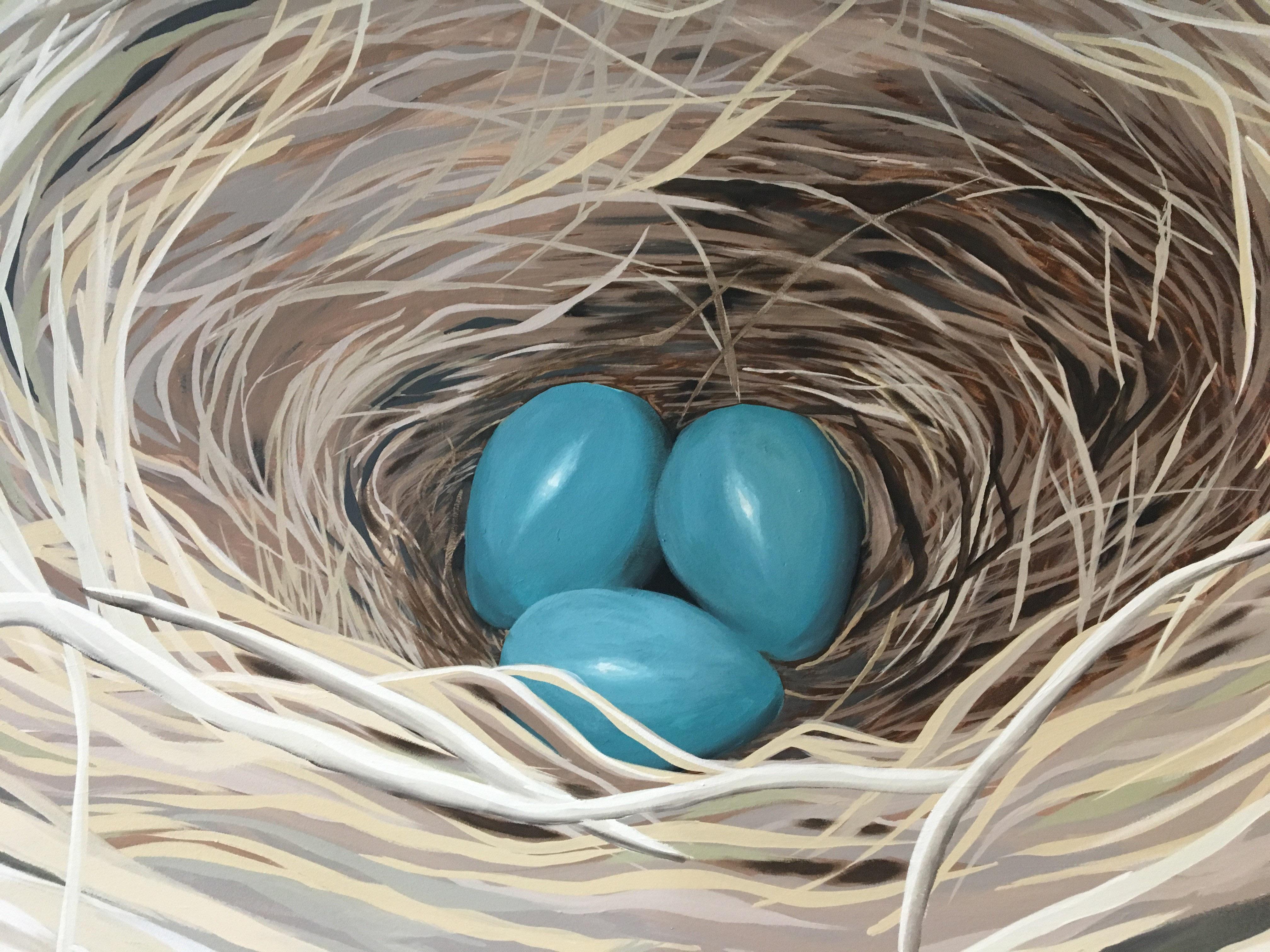
If you are an Indigenous woman of Eeyou Istchee and you are seeking safety and support, we are here to help you! creehealth.org/services/womens-shelters-robins-net Pîpîchâu Uchishtûn | Robin’s Nest | Women’s Shelter For women and children of Eeyou Istchee suffering from domestic violence 1 855 753-2094 CRISIS LINE Toll Free | Open 24/7 HELP ᐐᒋᐦᐄᐙᐅᐎᓐ WÎCHIHÎWÂUWIN HELPLINE If you need emotional support or to learn about all the services available to you, please contact us: 1 833 632-HELP (4357) creehealth.org
ANDY CANAPÉ
Innu, Pessami
Entrepreneur Andy Canapé Consultant
DAMIEN MESTOKOSHO-MICHEL Innu, Mingan
Entrepreneur Les Constructions Mackenzie inc.
DOROTHÉE ROUSSELOT Innu, Pessamit
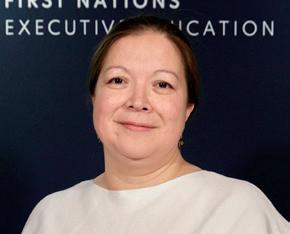
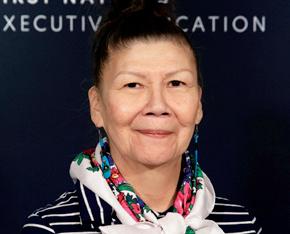
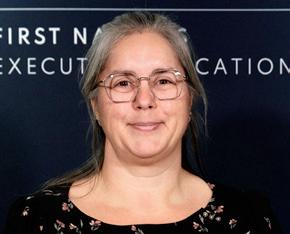
Entrepreneur Eku évènements
KARINE LIRETTE
Wendat, Saint-Raymond
Entrepreneur LK3 inc.
NELLY JOURDAIN Innu. Maliotenam
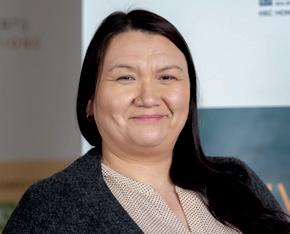
Entrepreneur Makushan musique Inc.
YVES TREMBLAY Aerial photographer, Innu


Entrepreneur Photo Hélico Inc.
BENOIT LOYER
Mi’gma, Urban
Entrepreneur Trillion Real Estate Brokerage
DANIEL JOURDAIN Innu, Uashat
Entrepreneur Akua Security
ERIC SHECANAPISH
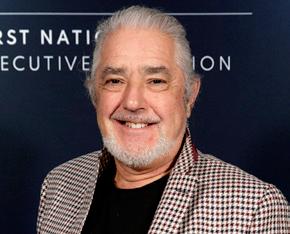
Innu, Uashat
Entrepreneur Nessima construction inc
LISE DUBÉ
Atikamekw, Manawan
Entrepreneur Dépanneur Eneri
SERGE TRUDEL Mi’gma, Gespeg
Entrepreneur VL Marketing
CLAUDE-FRANÇOIS FONTAINE Innu, Maliotenam
Entrepreneur Atuan Impression et Broderie, Nutin Nettoyage
DAVID CLOUTIER
Huron Wendat, Wendake
Flooring contractor
Les entreprises Denis Cloutier

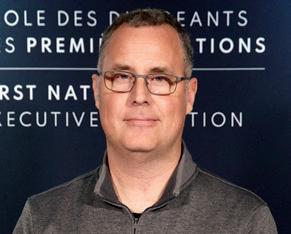
JOËL MALEC Innu, Nutashkuan

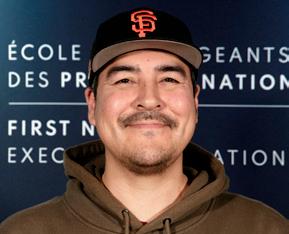
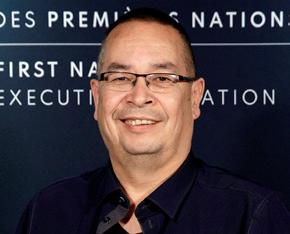
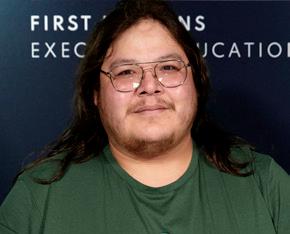
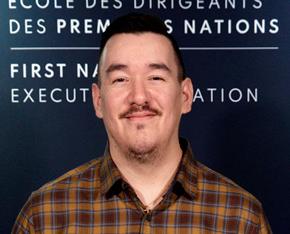

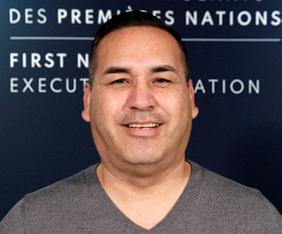
Entrepreneur Foresterie Mikuan Inc.
MARCELLIN MICHEL
Innu, Maliotenam
Entrepreneur Beothuk inc


STÉPHANE NEPTON
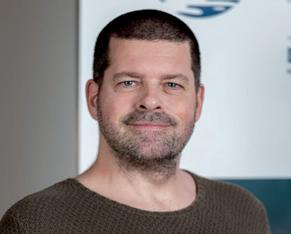
Innu, Urban
Entrepreneur Uhu Labos Nomades
www.nationnews.ca April 7, 2023 the Nation 15 AN EXECUTIVE SCHOOL FOR AND BY FIRST NATIONS CONGRATULATIONS TO OUR FIRST COHORT OF ENTREPRENEURS TO HAVE BEEN CERTIFIED BY FIRST NATIONS EXECUTIVE EDUCATION
hec.ca/fnee 514 340-6288 info.fnee@hec.caa TO FIND OUT MORE SDG-29228 FOUNDING MEMBERS WITH THE FINANCIAL PARTICIPATION OF PARTNER – ENTREPRENEURSHIP PROGRAMS PARTNER – WOMEN AND LEADERSHIP PROGRAMS OUR PARTNERS
Goose Break traditions are eternal
by Allison Coon-Come
Breaking the
It’s that time of the year again, where families prepare for the spring hunt and goose harvest.
Some take truckloads of supplies or people to their camps to prepare.
Some leave with skidoos and come back with boats.
Some take the plane along the shore where their families see them off.
Some take a helicopter where the whole community waits for their turn in the sky.
Some might not be able to leave their communities this spring. Some might even take the less traditional approach and set their sights on travelling the world.
All of us collectively prepare for adventure and with gratitude for making it another year.
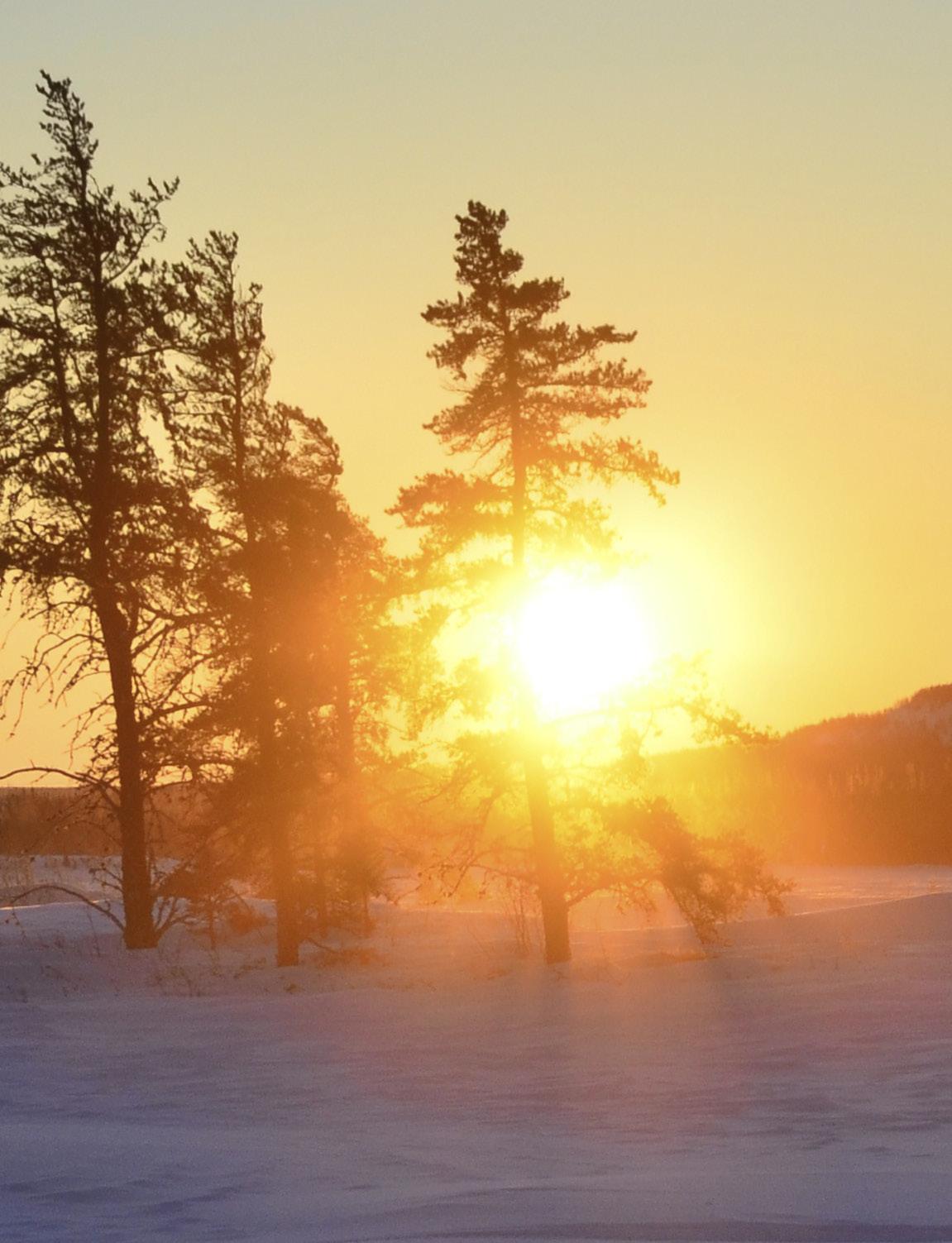
It is the Cree way. We are nomads so we flourish in our ventures.
It is an exciting time for most. But for many, this is a year of firsts without their loved ones by their side. My heart goes out to the families who are in mourning and won’t be able to fully bask in this season. I hope that the blessed will share the wealth of their successful goose hunts with the families, Elders and others who didn’t get the chance to hunt.
Every year at our camp at Cold Water Lake we have a Mother’s Day / first goose kill feast at the end of the hunt. I always remember the tallyman Isaac Shecapio reminding us that we are blessed and
with that blessing we must learn to share. As much as I wish I could be at Cold Water Lake this year, I will be stuck in Montreal where I will be looking at your Goose Break photos on Facebook.
Thanks to Starlink there will be more photos, videos and stories to be shared during their Goose Breaks.
I will be slightly jealous but that’s okay – as long as I get invited to the feasts.
First goose kills will take place another year for a fresh set of hunters eager to learn and break their zeros. They range from all ages and genders. This is an exciting time for all.
Personally, I still haven’t had the chance to break my zero. I was raised in a camp that didn’t allow us younger girls to take part in the hunt. Instead, I was tasked with bringing lunches to the blind for my grandfather. It was still an adventure that I enjoyed very much.
But my two-spirited younger self always hoped to be treated like the boys
in my family. I remember seeing how the family came together after my cousin got his first goose kill. The women would prepare a feast big enough for two campgrounds to celebrate the boys and their first kills.
As the families from across the river made their way to our camp, us children eagerly waited on the shore for the other kids to arrive so we could play a game of tag. The adults often stood outside with cigarettes and cups of tea while the Elders sat inside sharing stories of their Goose Breaks.
We would hear laughing all around and maybe some parents shouting for their kids’ attention. There would be yells of “be careful” as the kids ran wild, before the Elders called everyone to come sit together under one canvas tent.
Chairs and beds were claimed by the Elders and adults while the kids sat around a tablecloth laid on the floor by the wood stove. Everyone shuffled in and the
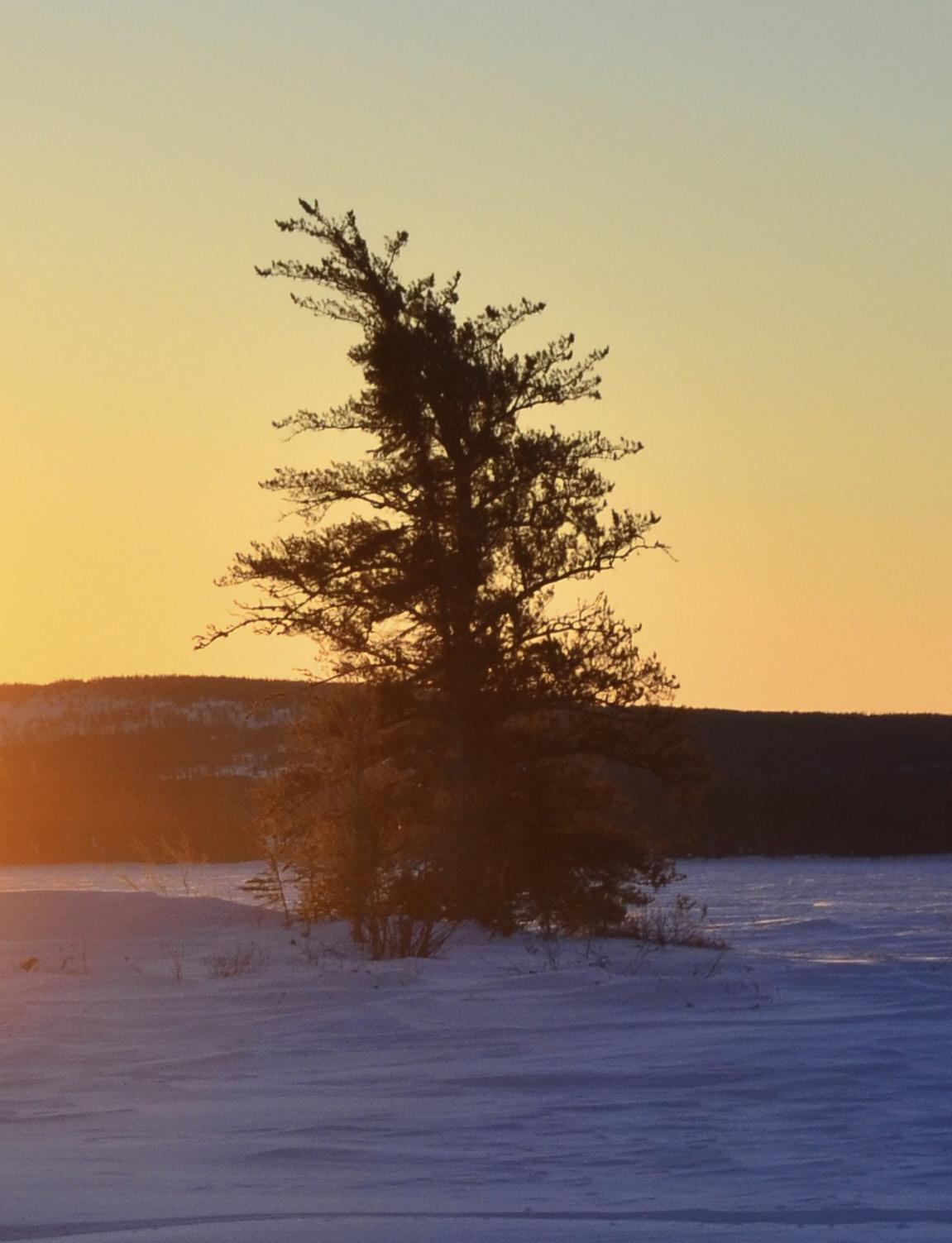
cousins sat side-by-side as they waited for an Elder to say a prayer.
I remember one time when, instead of saying a prayer, my grandfather started oiling my cousin’s gun. He began telling us a story about why it’s important to treat your gun well and to never play with it because it is a tool that keeps our families fed.
We all watched him oil the gun of the first-time hunter. It was a lesson I learned as if he was talking just to me. I know someday I’ll have my first goose too. I’m still working on being my own hunter. I know that times are changing because with each season our hunters are becoming more diverse.
I love that, for us as a people. I always appreciate seeing the photos of our freshfaced hunters. I congratulate all those who broke their zeros this year and wish courage and luck to those going on their first spring hunts. Godspeed and take good care of each other.
La Grande Dame
by Ben Powless
The 63rd Edward MacDowell Medal will be awarded to Abenaki filmmaker Alanis Obomsawin, the filmmaker whose work has spanned 52 years, at a July 23 reception.
MacDowell began as an institution for artist residencies in Peterborough, New Hampshire and has bestowed the Edward MacDowell Medal since 1960 to notable artists, including Georgia O’Keeffe, Toni Morrison and David Lynch.
Obomsawin, 90, is best known for her documentaries on contemporary Indigenous issues, including Incident at Restigouche (1984), Kanehsatake: 270 Years of Resistance (1993), Trick or Treaty? (2014) and Walking is Medicine (2017), documenting the Nishiyuu walkers who trekked from Whapmagoostui to Ottawa.
It was only after being hired by the National Film Board (NFB) that Obomsawin began her filmmaking journey in 1971. Since then, she has had her work showcased in the Museum of Modern Art, received the Order of Canada, and been made a member of the Conseil des arts et des lettres du Québec.
“As the Grand Dame of the Indigenous film world and the documentary field, Alanis Obomsawin’s exemplary 52-year body of work uplifting Indigenous stories and triumph inspired
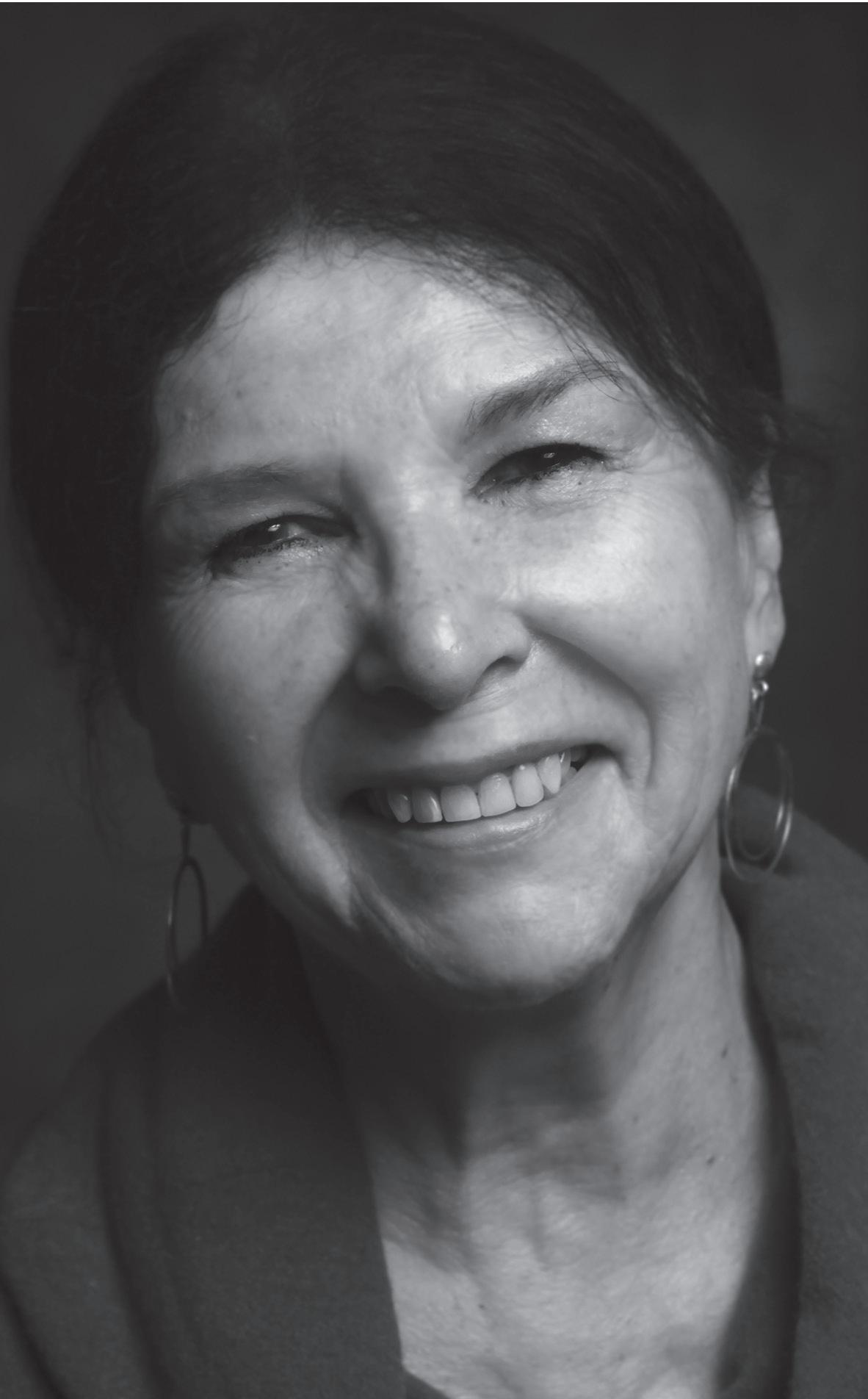
us with compelling and unequivocal enthusiasm to award her with the 2023 Edward MacDowell Medal,” selection panelist Bird Runningwater said in a statement.

Obomsawin told the Nation that when she received a phone call informing her that she had won the award she
didn’t even know it existed. However, it was of particular interest because she was born in New Hampshire – part of traditional Abenaki territory – before returning to Odenak, the Abenaki First Nation in Quebec where her parents were from.
18 the Nation May 5, 2023 www.nationnews.ca
Abenaki filmmaker Alanis Obomsawin to receive prestigious award
Local Journalism Initiative Reporter
Arts
Photo by Scott Stevens
“It was such a surprise. I felt very honoured. I thought, it’s great, I’m going to go back to New Hampshire!” she said. “I’m very thankful and very honoured with this award. I will be very happy to be there and it’s part of our history –it’s Abenaki country, and it feels very special to me.”
Reflecting on how far the world has come to recognize her works which highlight the voices of Indigenous peoples, she had a lot to share.
“I’m 90 years old and I’ve seen a lot. The changes are so big – our peoples are respected now,” she said. “I’ve never seen in my life such a welcome period for our people of all generations.
“When I was a child, we were punished if we spoke our language. But now everyone is encouraged to learn our language. It’s being taught in high school, at the elementary level, on reserves – it’s a very different time.
“People in Canada generally want to see justice done for our people. I’m so thankful that I’ve lived this long, to see this difference. Where we are going is extraordinary, we’ve never been there,” she added.
Obomsawin said that her message to young people recently has been to look into their hearts and realize they can do anything they want: “It is possible,” she stated.
“We have so many institutions in Canada where before we were intimidated to enter. Now, there are places and money, especially for Indigenous youth, allowing them to go into whatever they wish to go into,” she explained. “There’s a lot of encouragement. It’s wonderful.”
As Obomsawin enters her 10th decade, there’s no sign that she’s slowing down. She is currently putting together a box-set retrospective of her work, which she hopes will be helpful to students and educators. At present, the collection contains 19 full films and excerpts, plus additional bonus material.

If that wasn’t enough, Obomsawin is working on a new film. “I’m extremely busy,” she said defiantly. “Even after that, I’m still asked to do many things,” she added with a laugh.
Most recently, she attended the April 7 opening of an exhibition of her work titled The Children Have to Hear Another Story: Alanis Obomsawin at the Vancouver Art Gallery.
“I was very touched by what they’ve done,” she said of the exhibition. “One room is 1960: it’s everything from 1960. Another area is 1970. It’s wonderful the way they’ve put it together – the colour, the walls.”
Obomsawin said the organizers visited her archives in Montreal to do the research necessary to put the show together. “We had a lot of people who came to the opening and so much love from everybody – it’s a gift.”
www.nationnews.ca May 5, 2023 the Nation 19
nationnews.ca WE GIVE
TO THE A VOICE CREE NATION
Toll Free | Open 24/7


Fire water
by Neil Diamond
There’s an old comedy bit by the late Canadian comedian Norm Macdonald about a friend of his who’s suffering from the disease of alcoholism. It begins with Macdonald telling his buddy that he has the best disease because he gets to drink all the time.
Macdonald winds up the sketch by comparing alcohol addiction with another disease, giving a solid example of why this other ailment may in fact be better. “You meet a woman who has the same disease as you in a bar and you take her home and…”

The rest is up to your imagination.
There was a community meeting held at a gym here in Waskaganish recently and the subject of alcohol came up again. The result of that discussion was a referendum on whether people should be allowed to bring in beer and wine for their personal use
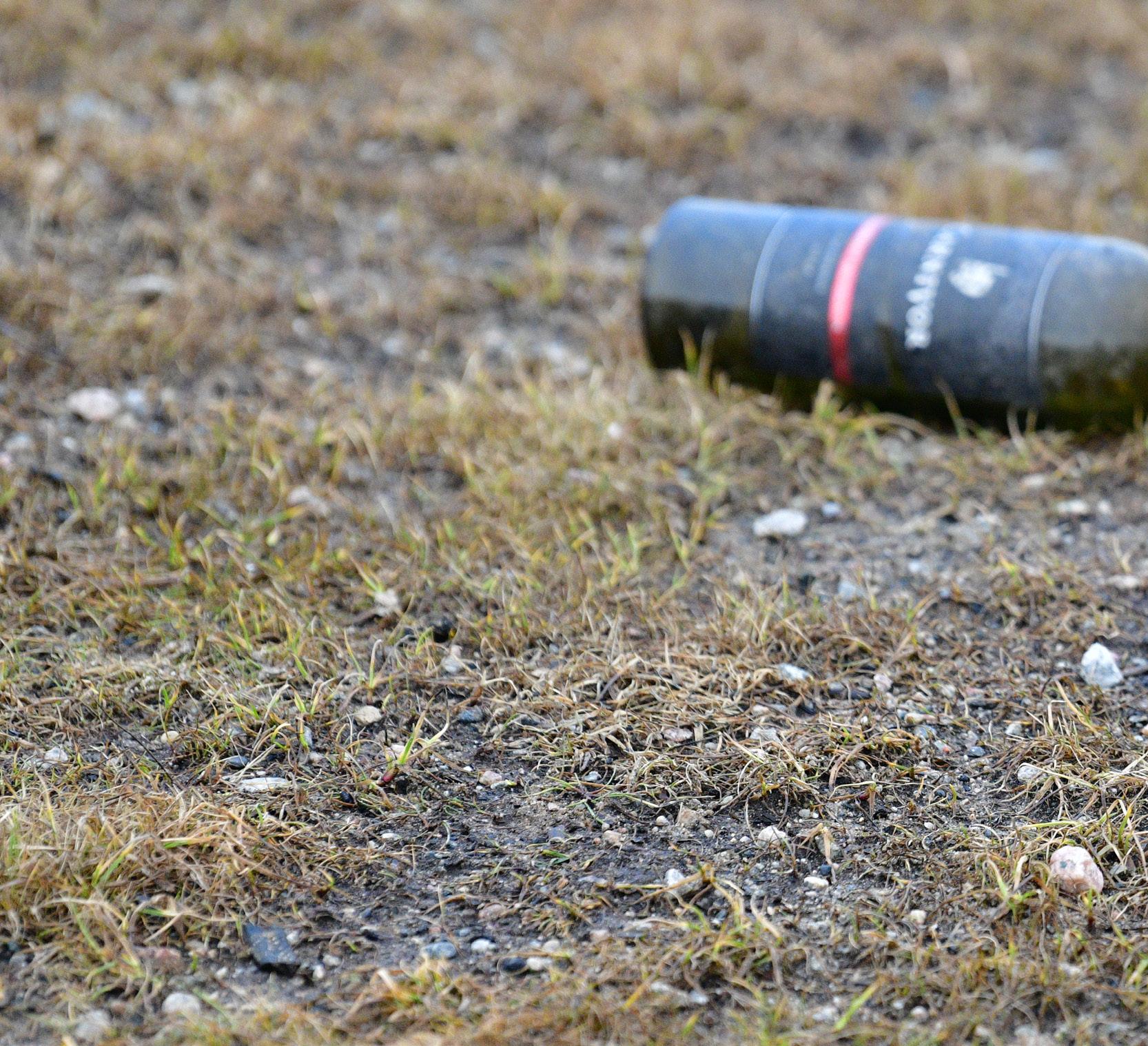
(more on that in a future issue), and perhaps to allow the sale of alcohol at certain events.
Supposedly, this would curb the illegal sale of alcohol. According to many people (none of whom I have ever met, of course), this trade in banned booze is rampant; not just here, but in pretty much all Cree communities. And this, even in Whapmagoostui, which has two bars that are open every night of the week.
The band council attempted a zero-tolerance campaign back in the mid-1990s. There were roadblocks and
searches on the winter road and at the airport. All those efforts accomplished was the seizure of a few cases of liquor and to enrage many embarrassed travellers who hadn’t had time to wash their dirty laundry.
Predictably, there were smugglers who found an easy way around the authorities. A driver would drop off a package by the roadside before he reached the roadblock. Another adventurous local with a skidoo would sled through the bush, load up the cargo and bring it into town. Others, meanwhile, would brave the five-to-six-hour trek to Moosonee and return with a sled load of beer and hard liquor.
Eventually, the salaries of the hard-working men at the checkpoint became a price too high to pay and the whole idea was dropped. It was another miserable failure, in century full of them, of attempts to banish the demon alcohol.
The same thing was attempted in a community further north. The weapon
Pîpîchâu Uchishtûn
women and children of Eeyou Istchee
domestic
855
CRISIS
If you are an Indigenous woman of Eeyou Istchee and you are seeking safety and support,
creehealth.org/services/womens-shelters-robins-net
For
suffering from
violence 1
753-2094
LINE
ᐐᒋᐦᐄᐙᐅᐎᓐ WÎCHIHÎWÂUWIN HELPLINE
833 632-HELP (4357) creehealth.org
If you need emotional support or to learn about all the services available to you, please contact us: 1
And how we should probably learn to live with the demon rum
Community Opinion
Calls to police concerning violence decreased at the same rate of the increase of reports of people using other substances containing alcohol such as hand sanitizer and Lysol
lon fuel drum. Seized hard liquor was poured into it throughout the day. Anyone approaching the checkpoint could catch a whiff of it from nearly a kilometre away if the wind conditions were just right. One imagines the security personnel warming (if not immolating) themselves over the roaring flames once they put a match to a barrel filled with liquor.
The Nisichawayasihk First Nation near Thompson, Manitoba, tried a pilot project in which they declared a 19-day ban on alcohol coming into their community. Small amounts of alcohol and marijuana had been usually tolerated in Nisichawayasihk. Once the temporary ban was in place, however, calls to police concerning violence decreased at the same rate of the increase of reports of people using other substances containing alcohol such as hand sanitizer and Lysol. You get what you pay for, they say. Whoever they are.
that the always-clever smugglers again came up with ways to avoid the authorities. Their solution, of course, was the old liquor-hidden-in-a-skidoo trick. Go figure.
Needless to say, though we will, that the once-apparently great idea of banning alcohol was quickly dropped.
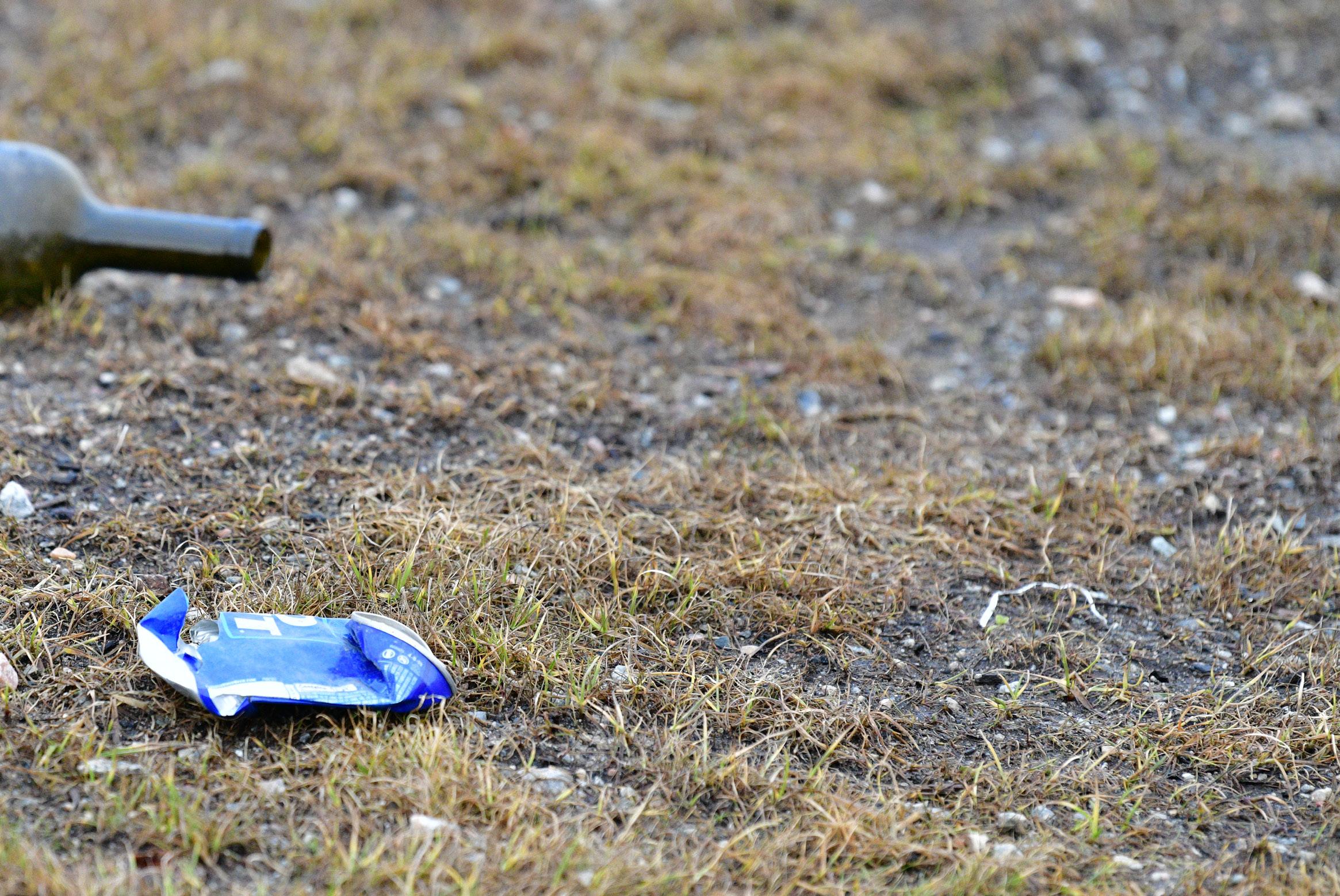
Cree people have had a relationship with alcohol at least since the 1600s with the coming of the English and the French. An old man from Whapmagoostui told the story of one of the first Cree men to board a European ship. The first gift he received was to be serenaded by the sailors. The second was a shot of what one could presume was the highest-quality Caribbean rum.
With this fruitful cultural exchange, the Cree soon learned to make home brew from raisins, beans, potatoes and wild berries.
Prohibition in the United States early in the previous century merely created organized crime in great world
Akwesasne. The best intentions of its supporters were used to pave the road to hell, true, but at least they inspired great stories that made newspaper publishers rich, sold shiploads of books and produced those great black-andwhite movies that we still enjoy today.
Indeed, who – apart from the third of the Cree Nation that learns their history from video games – hasn’t heard of Al Capone? We owe so much to those earnest teetotallers. In fact, without the Volstead Act, our beloved city of Montreal would not be the wildly entertaining place that we use so many bottomless expense accounts to visit. In other words, a place where proper people go to gamble, drink, and be wildly entertained.
Alcohol is here to stay, folks. It’s been around for a long time and it ain’t goin’ anywhere anytime soon. The best we can do is to learn to live with it.
www.nationnews.ca May 5, 2023 the Nation 21
About the program
About the program




Our Mineral resources geology training is a skills development program The purpose of this collegial program is to train highly qualified technician in geology.
Our Mineral resources geology training is a skills development program The purpose of this collegial program is to train highly qualified technician in geology.
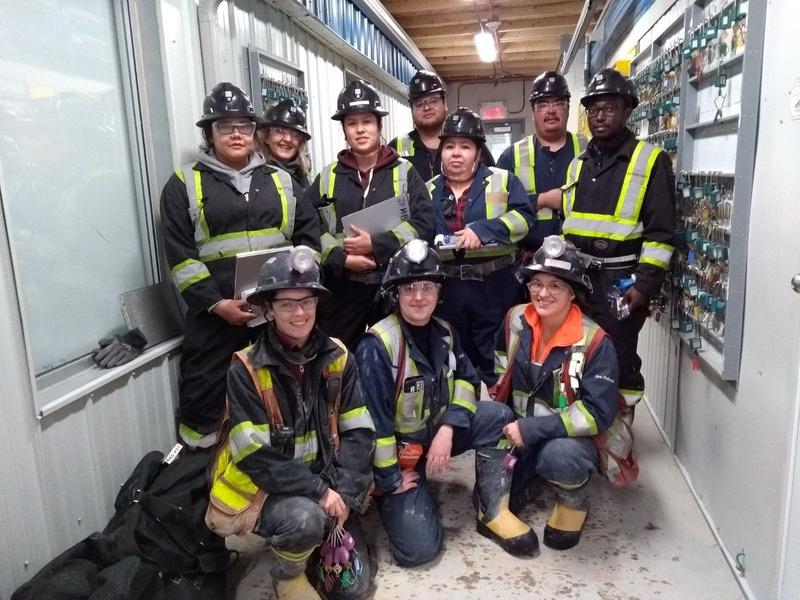
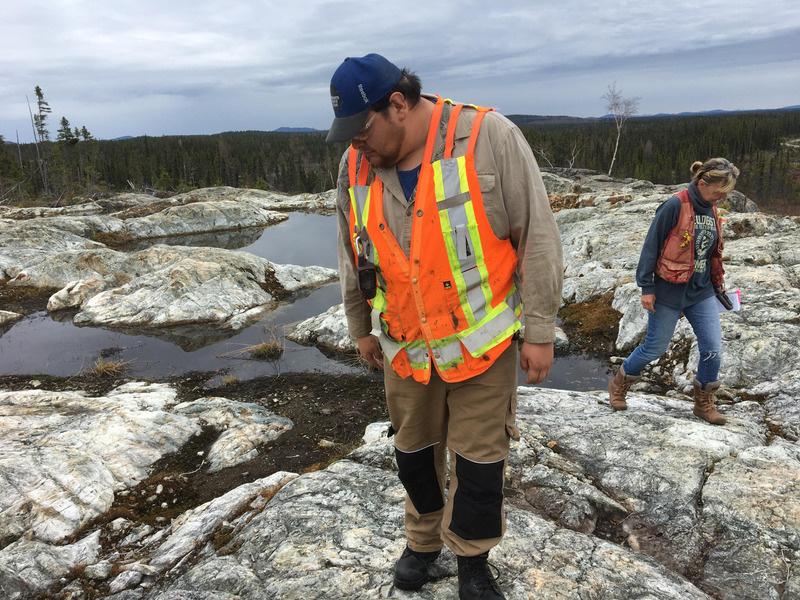

A unique technical education program in Québec
A unique technical education program in Québec
Training focuses on sustainable and responsible development of minerals
Training focuses on sustainable and responsible development of minerals
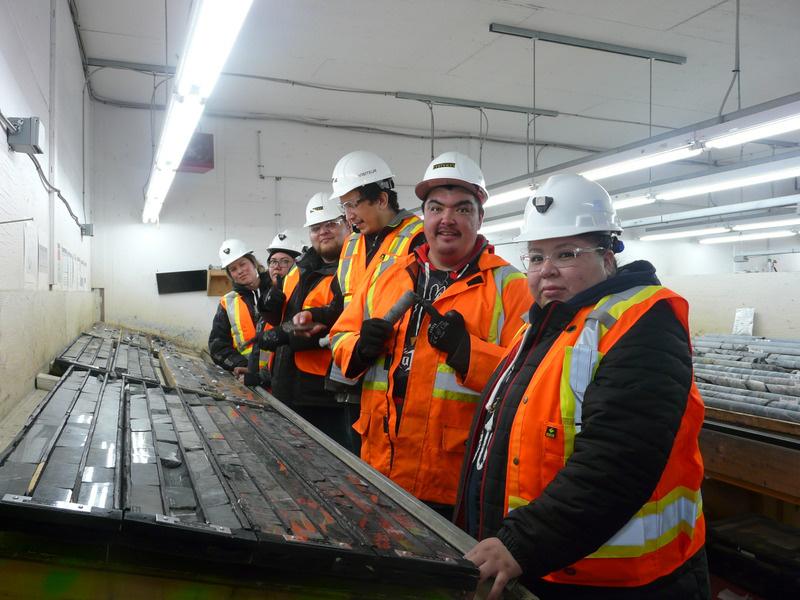
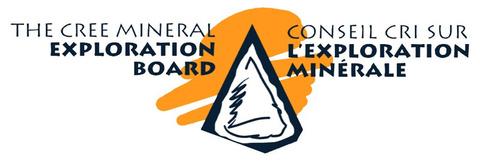

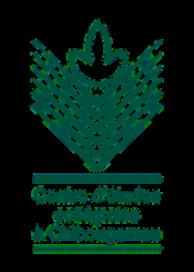
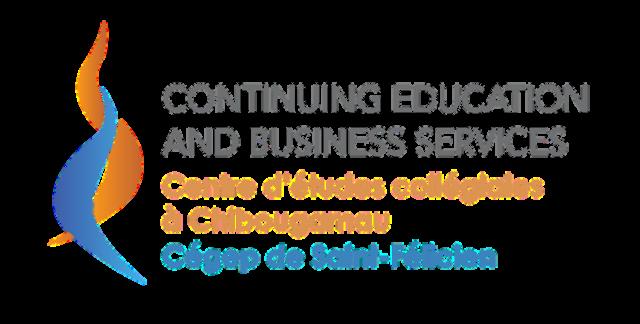

1290 hours spread over 4 semesters and paid internship (8-12 weeks)
1290 hours spread over 4 semesters and paid internship (8-12 weeks)
22 the Nation May 5, 2023 www.nationnews.ca 119, 5e avenue Chibougamau Québec, G8P 2E1 ACS MINERAL RESOURCES GEOLOGY seccol.com sec@cegepstfe.ca
418 748-3903 Ext. 7232
Contact Us FALL 2023 Admissions Open 119, 5e avenue Chibougamau Québec, G8P 2E1 ACS MINERAL RESOURCES GEOLOGY seccol.com sec@cegepstfe.ca
418 748-3903 Ext. 7232
Contact Us FALL 2023 Admissions Open
in Whapmagoostui in Chisasibi in Wemindji in Eastmain in Nemaska in Waskaganish in Waswanipi in Oujé-Bougoumou in Mistissini Where can you pick up a fresh copy of your Nation every two weeks? Let’s cheer these amazing businesses listed below… Nation is available there! – Retro Daze Cafe | T: 819-855-1847 – Bake Cree Restaurant | T : 819-855-6344 – Cree Mart Grocery Store | T: 819-855-1765 – Ouwah Store | T: 514-588-3162 – Eastmain Grocery Store T: 819-977-0283 – Whale Mart – Waswanipi Grocery T: 819-753-2514 – Meechum Reg’ T: 418-923-3217 – Nemaska Grocery T: 819-673-2525 – Casey’s Depanneur and Gaz T: 418-745-3211 – Smokey Hill Grocery T: 819-895-2727 – Wemindji Community Store T: 819-978-3656 Always available for download at: nationnews.ca
Here’s another edition of the Nation’s puzzle page. Try your hand at Sudoku or Str8ts or our Crossword, or better yet, solve all three and send us a photo!* As always, the answers from last issue are here for you to check your work. Happy hunting.

You can find more help, tips and hints at www.str8ts.com
Previous
- Medium SUDOKU
No.
8
How to beat Str8ts –
495 976 814 491 3 782 641 58 372 ©
For many strategies, hints and tips, visit www.sudokuwiki.org
24 the Nation May 5, 2023 www.nationnews.ca ACROSS 1 Austen heroine 5 Egypt's southern neighbor 10 Allergic reaction 14 Take on cargo 15 Preserved, in a way 16 "Blondie" boy 17 Campus digs 18 Constraint 20 Guessed roughly 22 Feudal lord 23 Do museum work 24 Foot ailment 25 Water source 26 Prehistoric period 30 Surveillance technique 34 Part of EGBDF 35 Like some drinks 36 Manicure targets 37 Wild plum 58 Word ending a 11 Able to be 33 Drained of color 38 Auction unit threat transferred 37 Campaign 39 Sharpies, e.g. 59 Soap units 12 Polluted fog addresses 41 Official class 60 Gaggle member 13 Improve, as 39 Pesky insects member 61 Crystal ball user skills 40 Flag holder 43 Buck's partner 19 Word with tag 42 Some are vital 44 Blue flower DOWN or string 45 Has a bawl 45 Keyboard 1 Church V.I.P. 21 Castle enclosure 46 Past its prime instrument 2 Caribou's cousin 24 Thoughtful 47 Lacking slack 49 Military attack 3 Trading places 26 Vindictiveness 48 Snake with 51 "I stand ____..." 4 Came clean 27 Pinball error venom 53 Canadian 5 Rooftop energy 28 Hired muscle 49 Pretentious one province sources 29 Hurricane 50 Corn Belt state 55 Full house, e.g. 6 Stand together centers 51 First name in 56 "The Virginian" 7 FDR's coin 30 Bit of cunning fragrance author Wister 8 Battery fluid 31 Screen symbol 52 "Beetle Bailey" 57 Musical 9 Take-home pay 32 Golden or pooch eightsome 10 Hit the hay Labrador 54 Lowly worker Crossword by Margie E.
Copyright 2023 by The Puzzle Syndicate 1 2 3 4 5 6 7 8 9 10 11 12 13 14 15 16 17 18 19 20 21 22 23 24 25 26 27 28 29 30 31 32 33 34 35 36 37 38 39 40 41 42 43 44 45 46 47 48 49 50 51 52 53 54 55 56 57 58 59 60 61
Burke
PREVIOUS SOLUTION: Solution to Crossword: R A T S R O A R S D O M E H I R E E C L A T O P E N O M E N S E L F R E G A R D D E A D S E A A N G L E S A D D I N N U E N D O W A L T S A G O F I T S M A L L L E G E N D A R Y E A T S R U L E R A M O K E Y E O P E N E R S H I N E N O R R A G S B E L L C O L E S L A W Y E S S E C R E T A R S E N A L P R E E M I N E N T L A V A O G L E M E R G E A M E N T O L L E D G E R N E S T 2 3 81 9 5 7 6 9 4
2023 Syndicated Puzzles
2023 Syndicated Puzzles
416832795 839576412 198724536 367958124 254613978
542397861
652 Tough
2387465 1328576 24357698 64357 95874632 8756423
Puzzles
©
725149683
671285349 983461257
STR8TS No.
345678
7861243 672354 2 4 1 9
Like Sudoku, no single number can repeat in any row or column. But... rows and columns are divided by black squares into compartments. These need to be filled in with numbers that complete a ‘straight’. A straight is a set of numbers with no gaps but can be in any order, eg [4,2,3,5]. Clues in black cells remove that number as an option in that row and column, and are not part of any straight. Glance at the solution to see how ‘straights’ are formed. solution
To complete Sudoku, fill the board by entering numbers 1 to 9 such that each row, column and 3x3 box contains every number uniquely.
652 Easy Previous solution - Very Hard
If you like Str8ts check out our books, iPhone/iPad Apps and much more on our store. The solutions will be published here in the next issue.
Goose calls
by Sonny Orr
The roar of an old snowmobile cuts through the early pre-sunrise fog. Its distinct sound of muffled cracking accentuates the quiet drone of a twostroke engine. Then the total silence is briefly renewed when the motor is cut off before some quiet talk can be heard between a few shadowy figures. Another sled draws up close, this one a quietly efficient four-stroker. A third machine rolls in, again like a quiet ghost. The distinct click of a lighter struggling to catch flame can be heard before the coughing starts. Then, all three of our mysterious protagonists take their leave, disappearing into the fog. A half hour later, the sun is still not strong enough to have burned off the excess moisture in the air and no aircraft are allowed to fly.
Yep, it’s official: it’s Goose Break time. Suddenly, the call of a goose gets everyone to run outside and locate it. It’s been five months since we’ve seen any fly by, and the excitement is too much to contain. Yes, the time-honoured tradition of getting some nice fat spring geese is near at hand and the rush is on to get to the nearest blind, in our case way up north. It’s off to some open ice area all dressed to kill in all-white clothing made from your bedroom closet’s highest-quality bed sheet. At least that’s what is officially told to the better half when you try to explain the holes and blood on her favourite linen a few days later.
Another quick rush to the only store open at 9am reveals that you had some

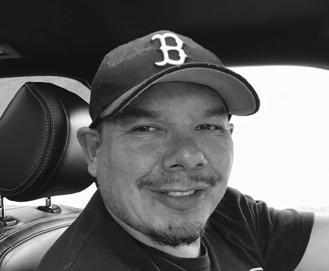
affinity for fine smoked sausage and creamy camembert on a whole wheat bun. The old days of canned foods are nearly over, even as I cling to my tin of sardines and long for the days when Klik was king. The great thing is that bannock has not yet left our traditional menu. For many, a big difference in the often-bland cooking of corned beef balls on a stick plunked onto a dry slice of white bread whose ingredients look like a recipe for embalming and eternal preservation.
The tea, freshly made in an old pot, is great for washing down everything dry and clingy on your parched throat. Whoever thought that a fog could disperse so quickly and turn the goose blind into combo tanning table and sauna.
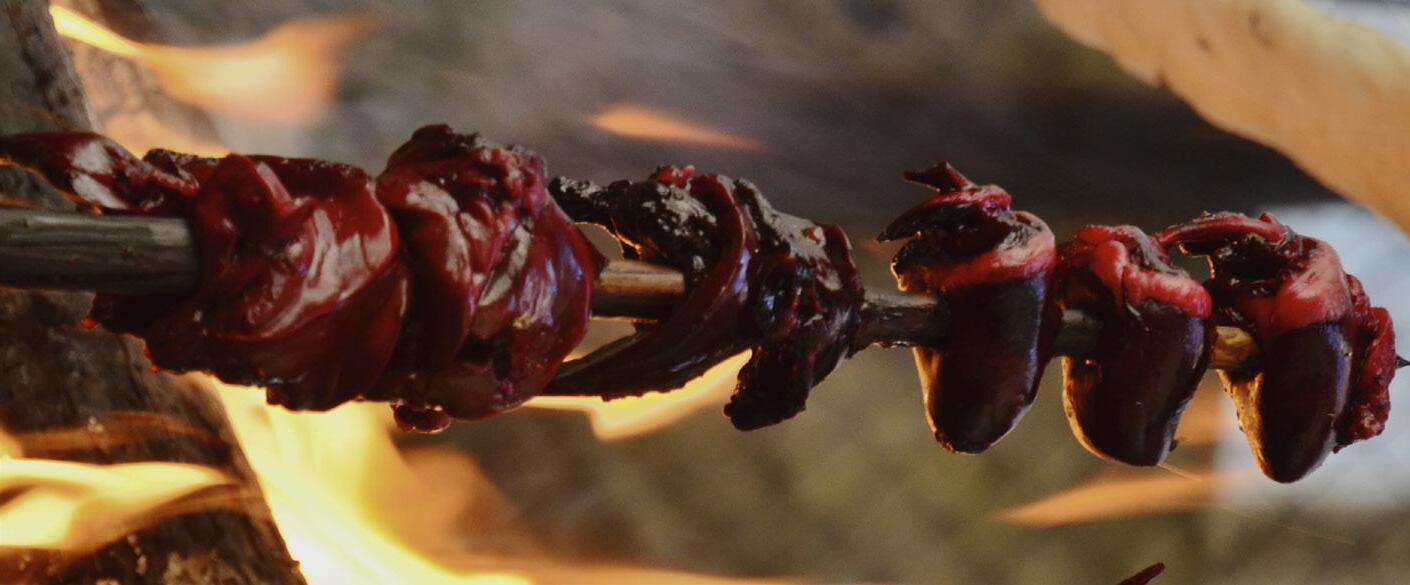
Before any unknowing geese fly by our perfectly hidden blinds, they must be attracted by their plastic doppelgangers and convinced to land by highly skilled and perfectly tuned vocal cords. At least
that’s what it sounds like until a plastic goose call – or worse yet – a recording of a real goose is heard being used by the other hunters. The same ones who begged me not to employ my old-school goose calling techniques.
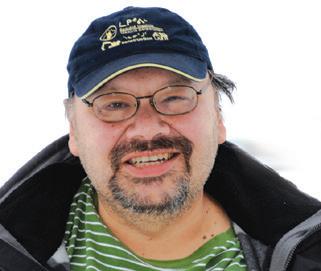
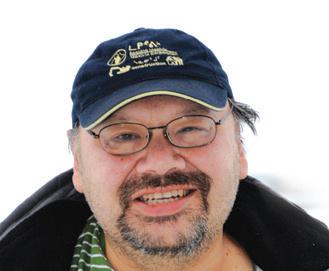
But memories remain fresh from times when the geese were abundant and still landed as if no one was around. Back then there was no need for a goose lookout. But the days of spring are different now, as new forms of hunting tools are produced and tested under real conditions. The question remains, how long will this new tool last and is it repairable? Will it improve my life and increase my odds of bagging a few geese for the meechuap?
Only time will tell, but the real tools for hunting are patience, quietness, a keen eye and the ability not to leave your blind to scare away the only flock that flew in that day.
Happy Goose Break and stay safe!
www.nationnews.ca May 5, 2023 the Nation 25
Rez Notes
T T T
good path forward
by Xavier Kataquapit
Recently I had conversations with friends’ family about how important it is to help others, especially those who are marginalized and who have addictions. We agreed on the fact that too many Indigenous people deal with addictions because of colonization and racism.
We have come a long way in how we look at people with addictions and we now understand this should be treated as a health issue. Thankfully we have more Indigenous people who assist our people with alcohol and drug addictions. We also have many recovering alcoholics and addicts who now help those suffering from the same diseases. It seems as if colleges are pumping out social workers brimming with good intentions, but without the life experience they need to understand those who suffer from substance abuse.
I am reminded of a story that explains a view on helping a person with alcoholism or drug addiction:
“An alcoholic addict had fallen into a hole and was pleading for help from anyone. He just could not figure out how to get out of this despair of alcoholism and addiction he had fallen into. A businessman went by, and the alcoholic called out for help. The businessman threw him some money and told him to buy himself a ladder. But the alcoholic could not buy a ladder in this hole he was in.
“Then a doctor walked by. The alcoholic cried out that he could not get out of the hole he was in. The doctor gave him some drugs and suggested that the medicine would help. The alcoholic said thanks, but the pills just made him numb and he was still stuck in the hole.
“Next, a psychiatrist/social worker was walking by and heard the alcoholic’s cries for help. He stopped and asked, ‘How did you get there? Were you born there? Did your parents put you there? Tell me about yourself, it will alleviate your sense of loneliness.’ The alcoholic talked with him for an hour and poured out his heart. The psychiatrist/social worker noticed the time and said he had to leave but would try to return the next week. The alcoholic thanked him, but he was still in the hole.
“Next thing you know a religious leader came by. The alcoholic again called for help. The holy man told him, ‘I’ll say a prayer for you.’ He got down on his knees and prayed for the alcoholic, then he left. The alcoholic was very grateful, but he was still stuck in the hole.
“Finally, a recovering alcoholic passed by, on his way home from an Alcoholics Anonymous meeting. The alcoholic cried out, ‘Hey, help me. I’m stuck in this hole!’ Right away the recovering alcoholic realized what the addict in the hole was


dealing with and jumped down in the hole with him. The alcoholic asked, ‘What are you doing? Now we’re both stuck here!’ But the recovering alcoholic smiled and said, ‘Calm down. It’s okay. I’ve been here before. I know how to get out.’”
As more of my people become recovering alcoholics and addicts, some of them are thankfully finding work assisting others with this health issue. It is a long, difficult road for Indigenous communities as we have had to struggle through generations of abuse, tragedy and marginalization. I repeat to anyone who might listen that these tragedies took generations to accumulate, and it may very well take generations to deal with.
Life is a lot better than it was for my parents, who grew up in a culture of racism and ignorance. However, there are still barriers in place that need to be dealt with.
I say Meegwetch, thanks to all the wonderful, caring and wise Elders, leaders, traditional guides, recovering alcoholics and addicts who are supporting our brothers and sisters in their recovery from alcoholism and addiction. As a recovering alcoholic, I can tell you that there is a good path forward with the support of people providing qualified, experienced interventions.
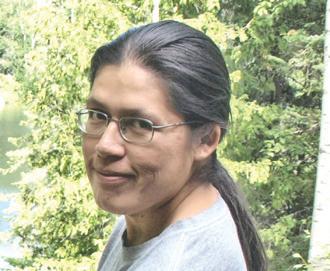
26 the Nation May 5, 2023 www.nationnews.ca Under the Northern Sky T&B
www.underthenorthernsky.com
UTNS
FROM
A
HAPPY MOTHER’S DAY the Nation
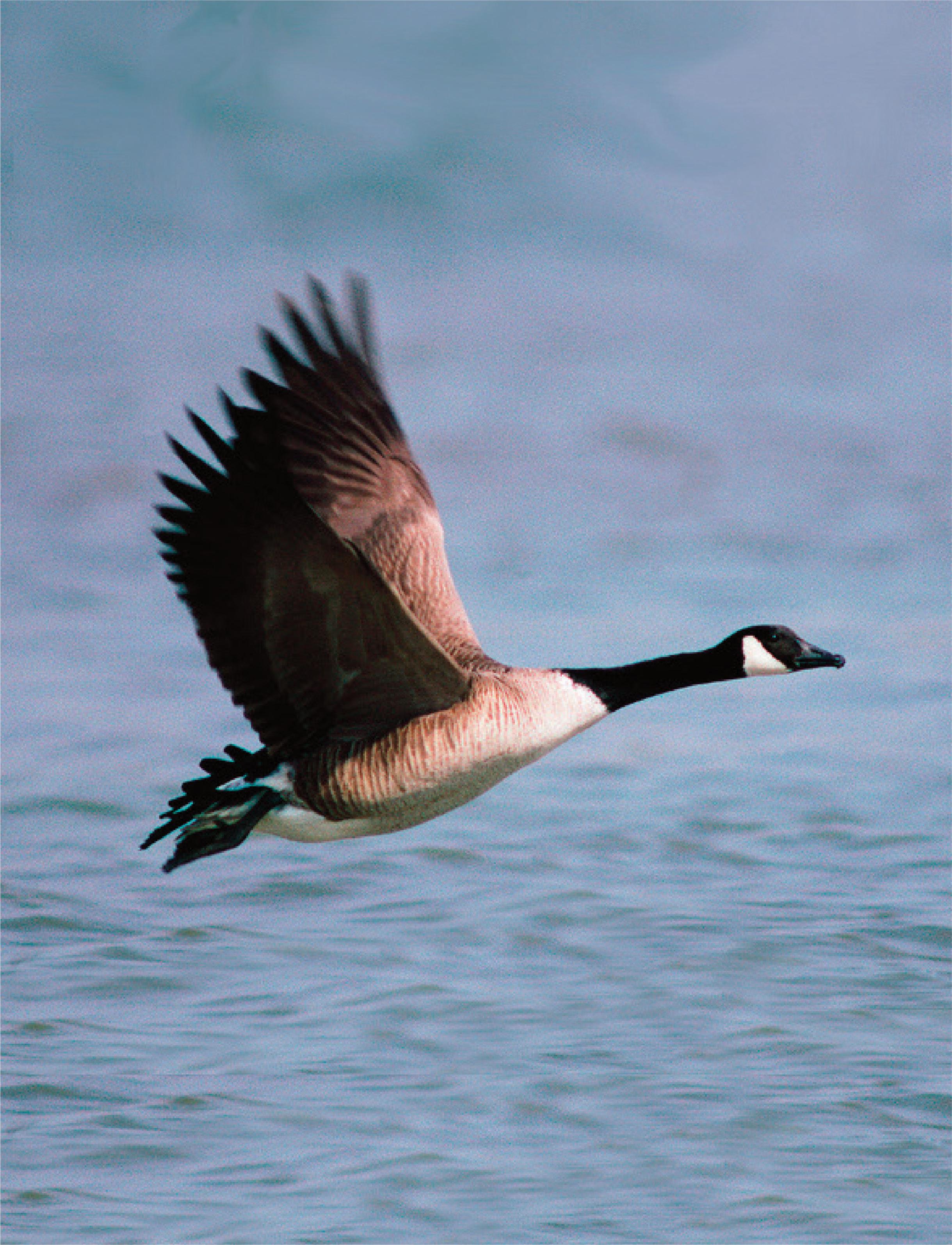

We offer discounted rates and seat sales. For information, reser vations, or charters call: 1-800-567-6567or visit: www.aircreebec.ca Your Northern Airline of Choice
















































































